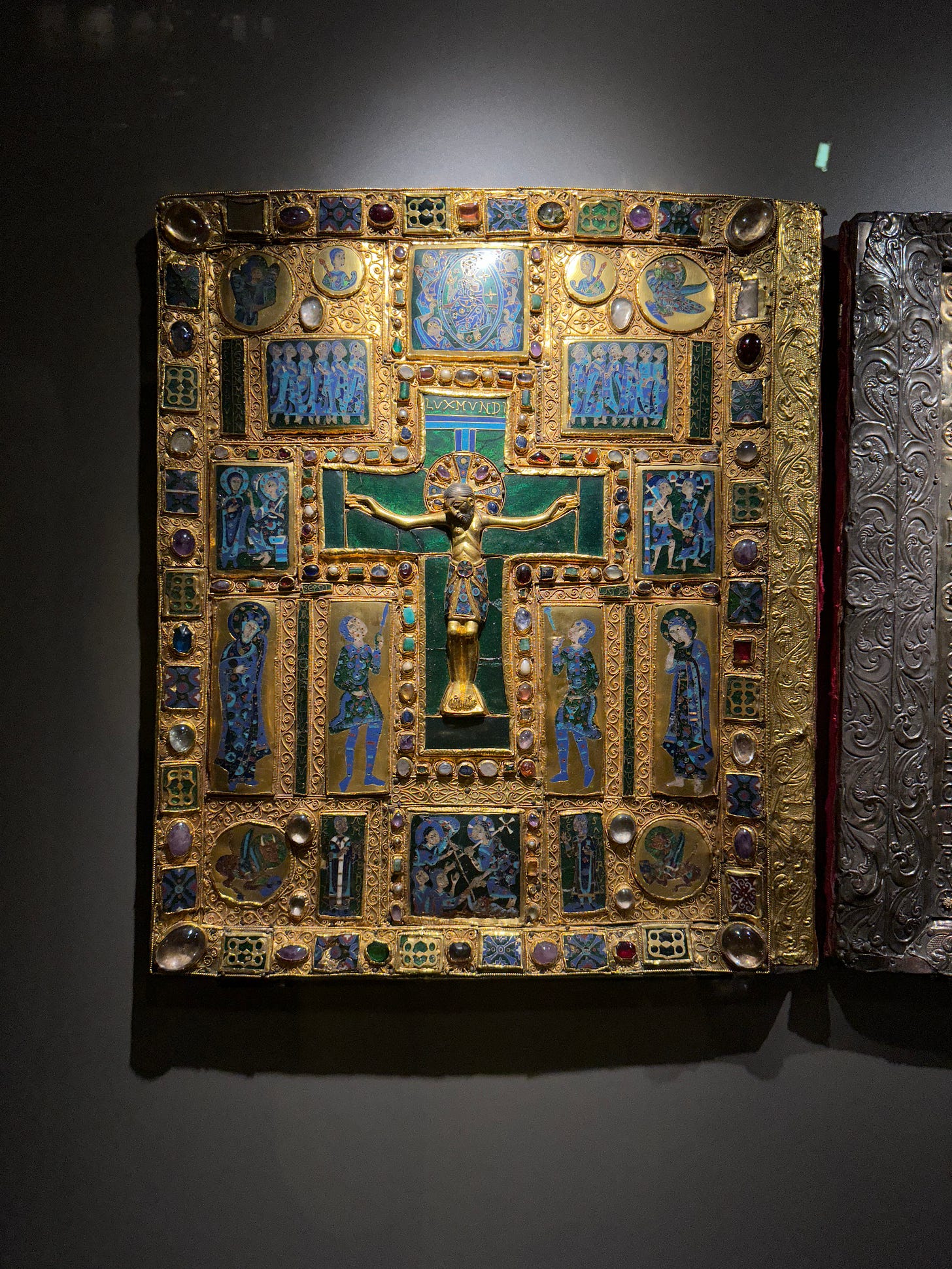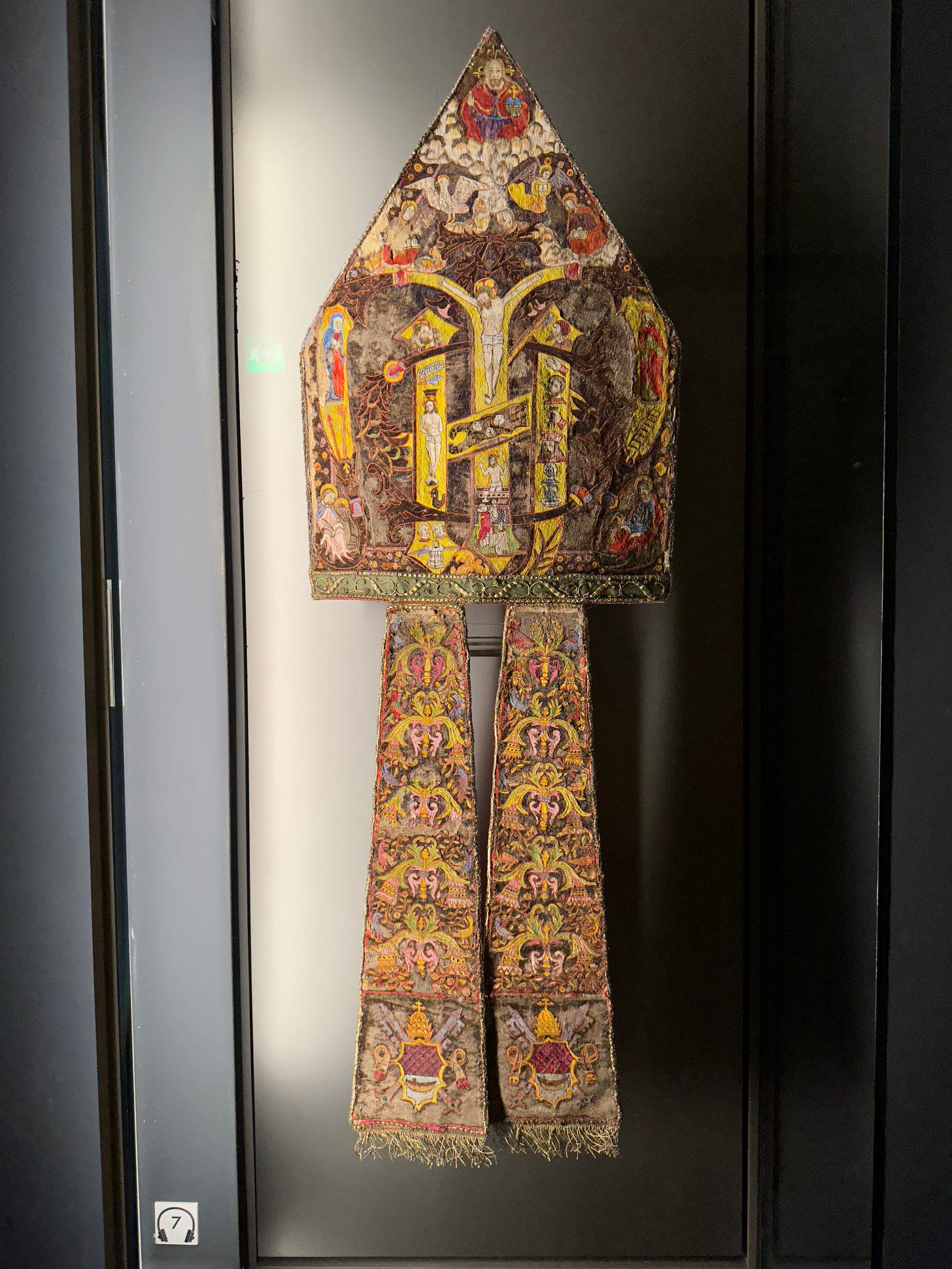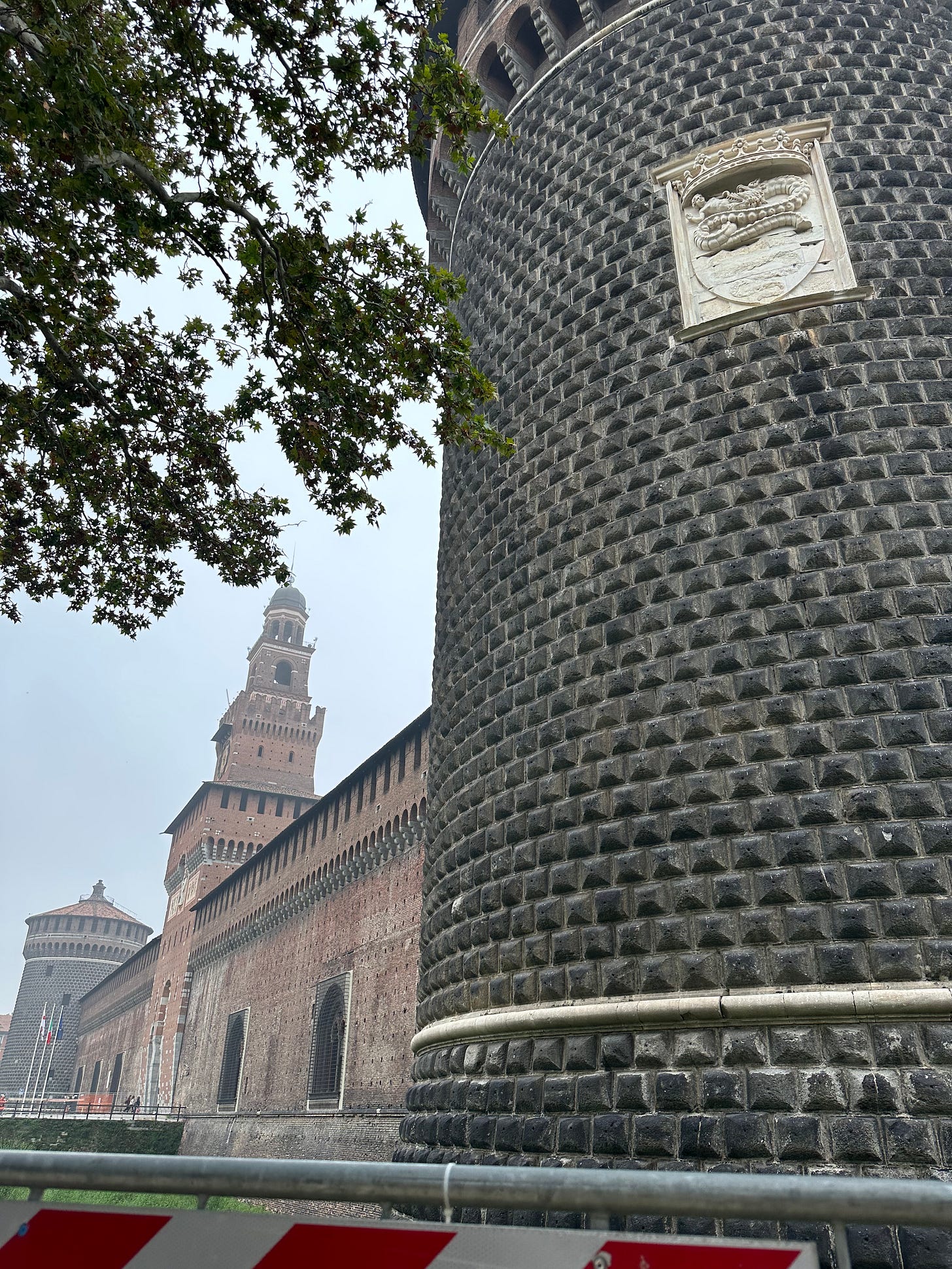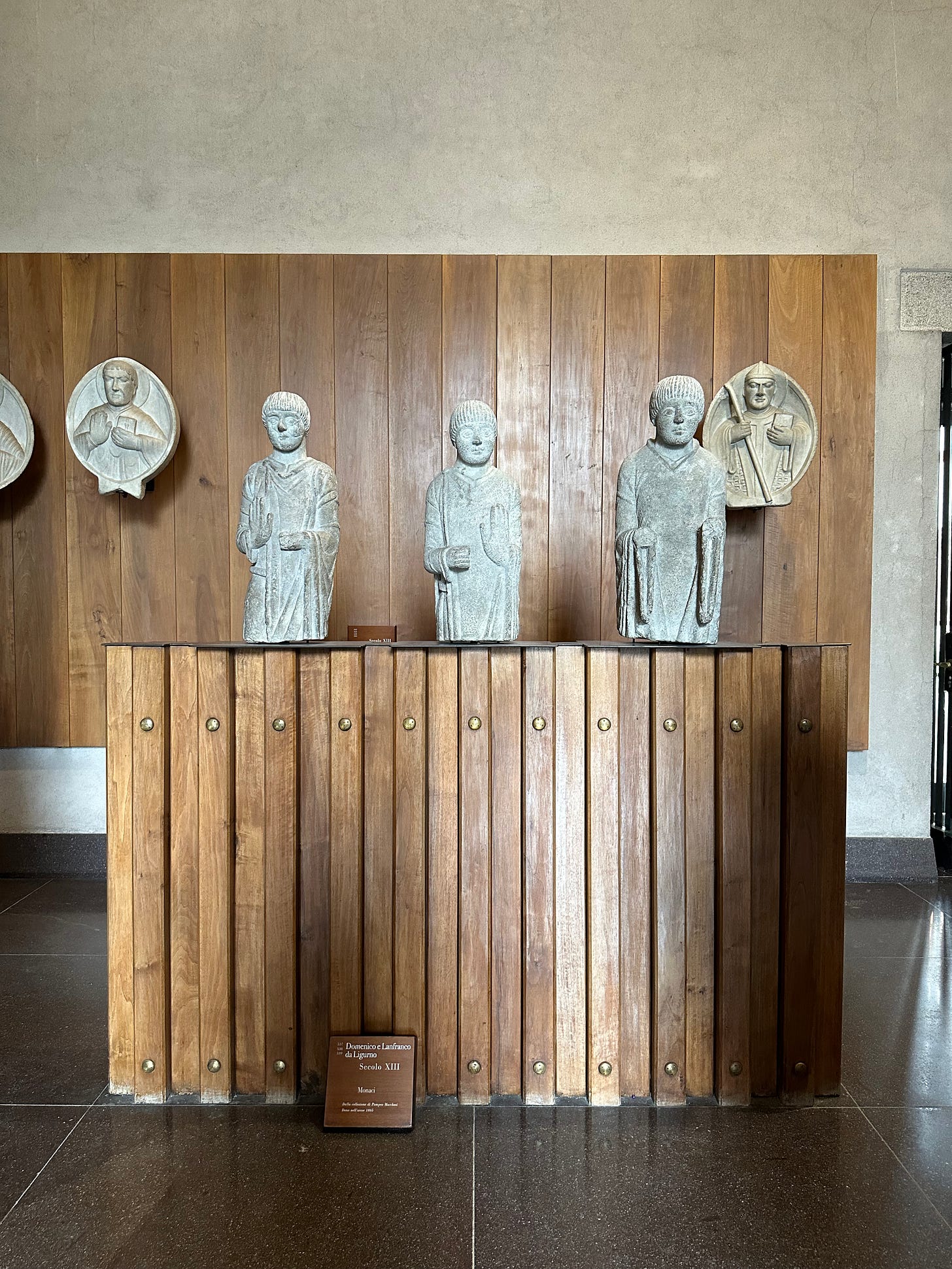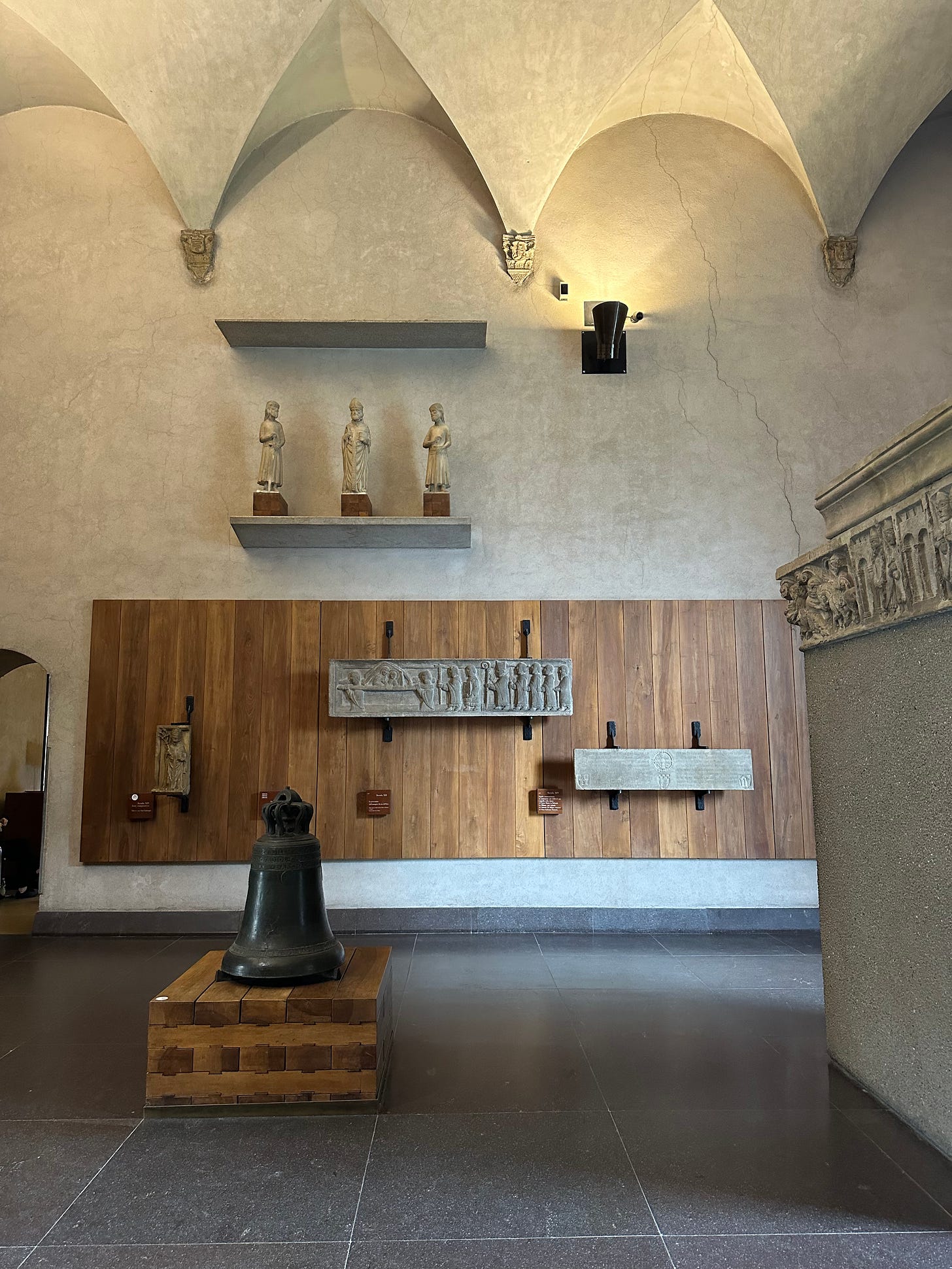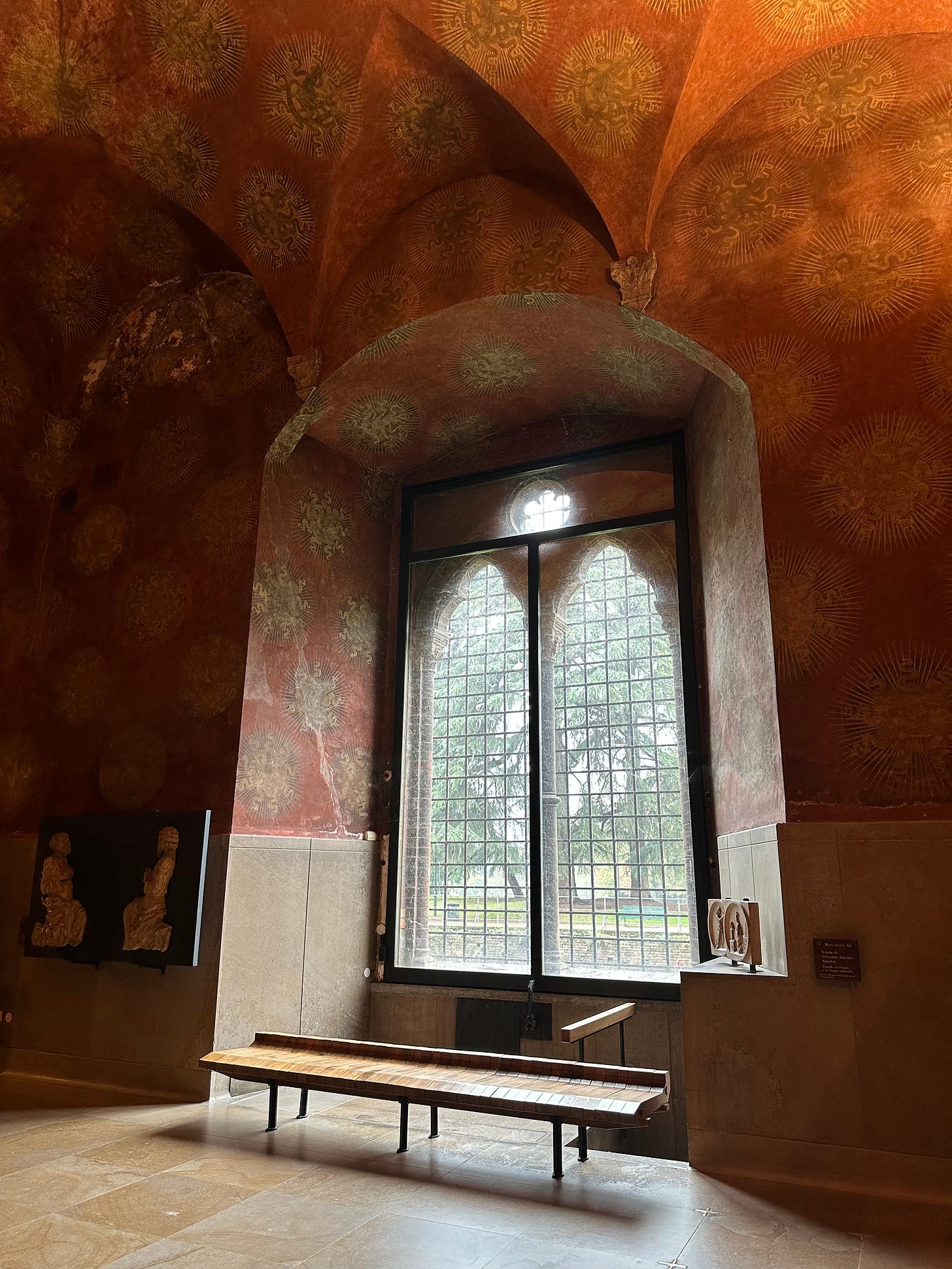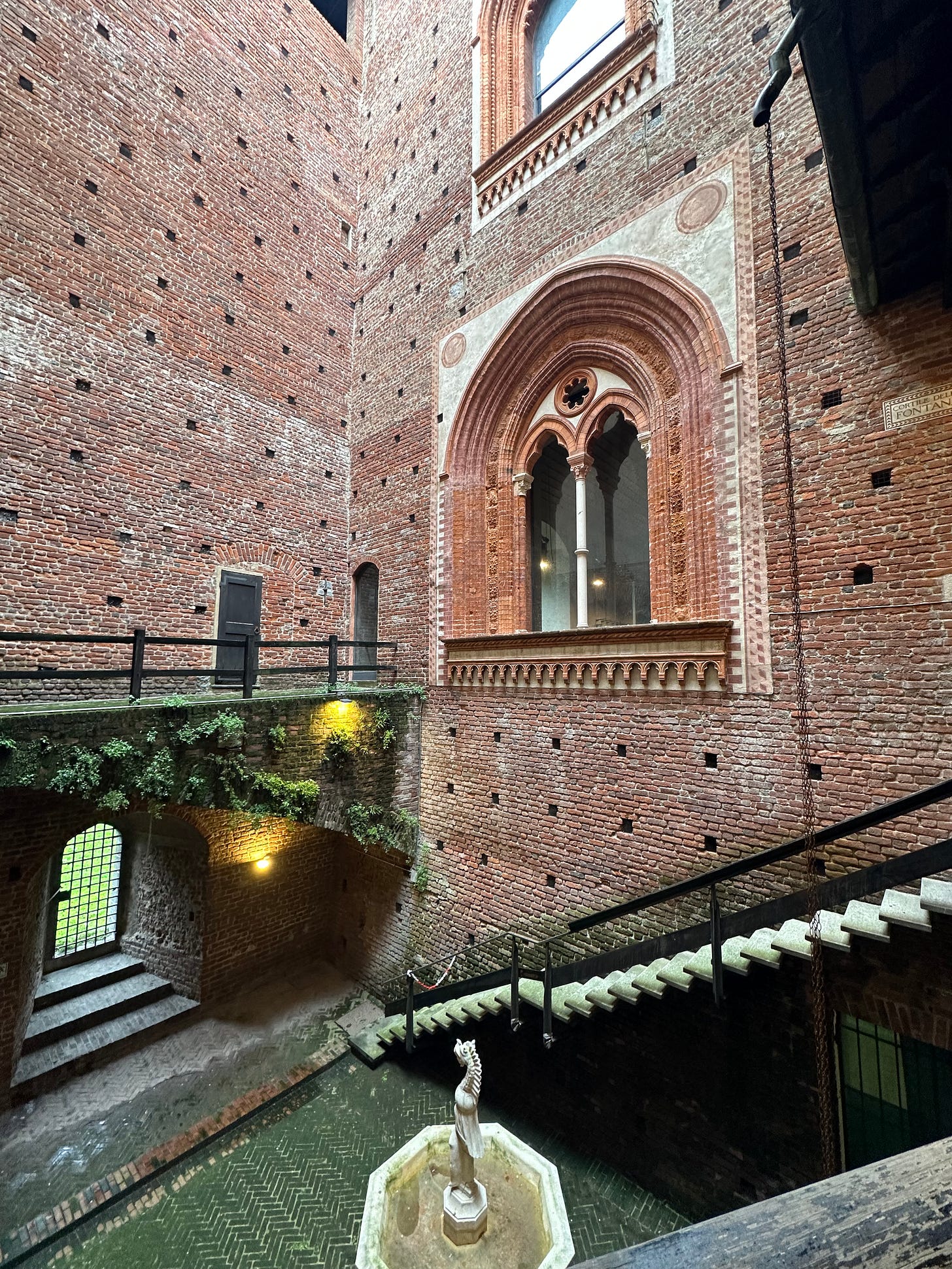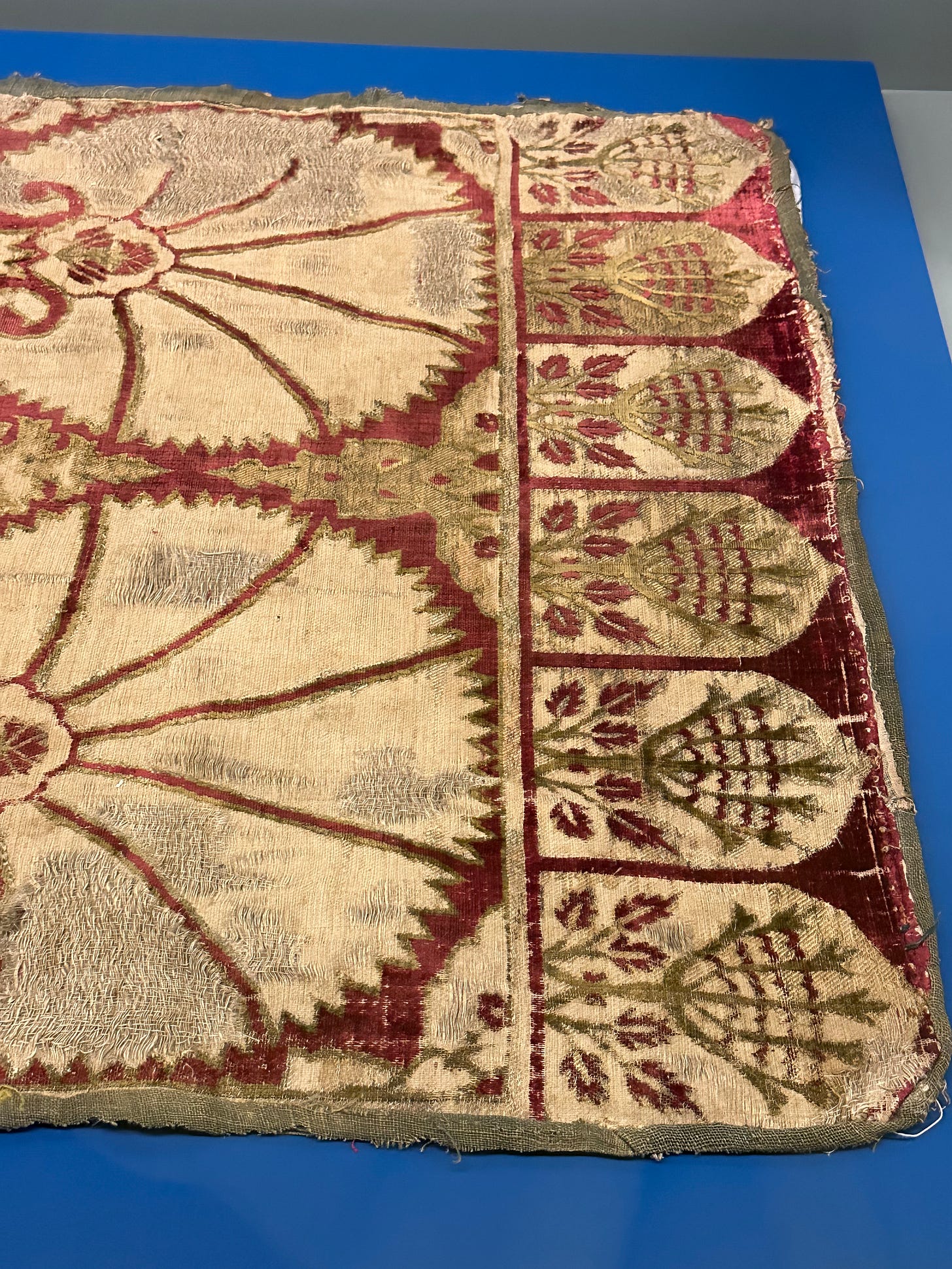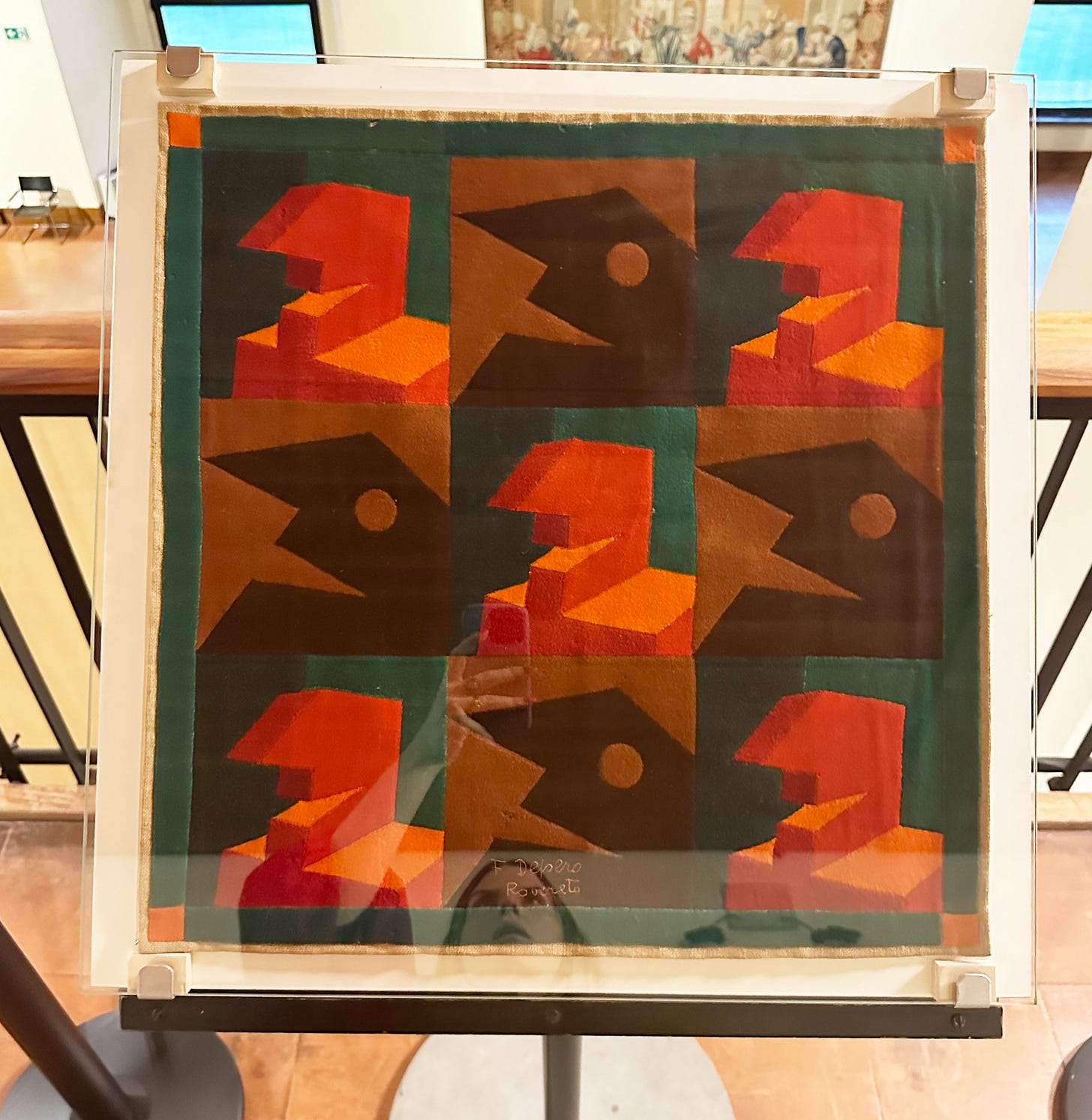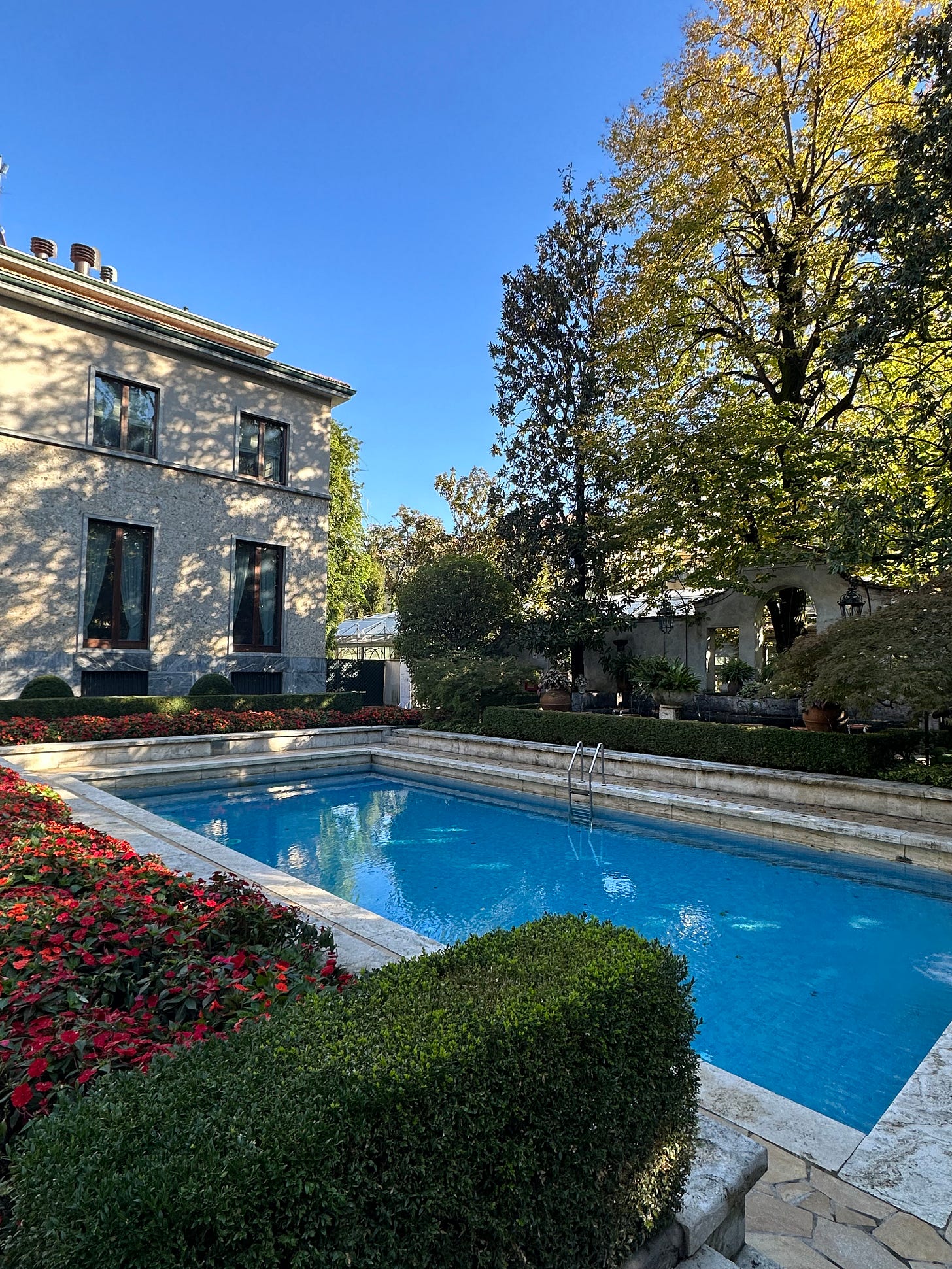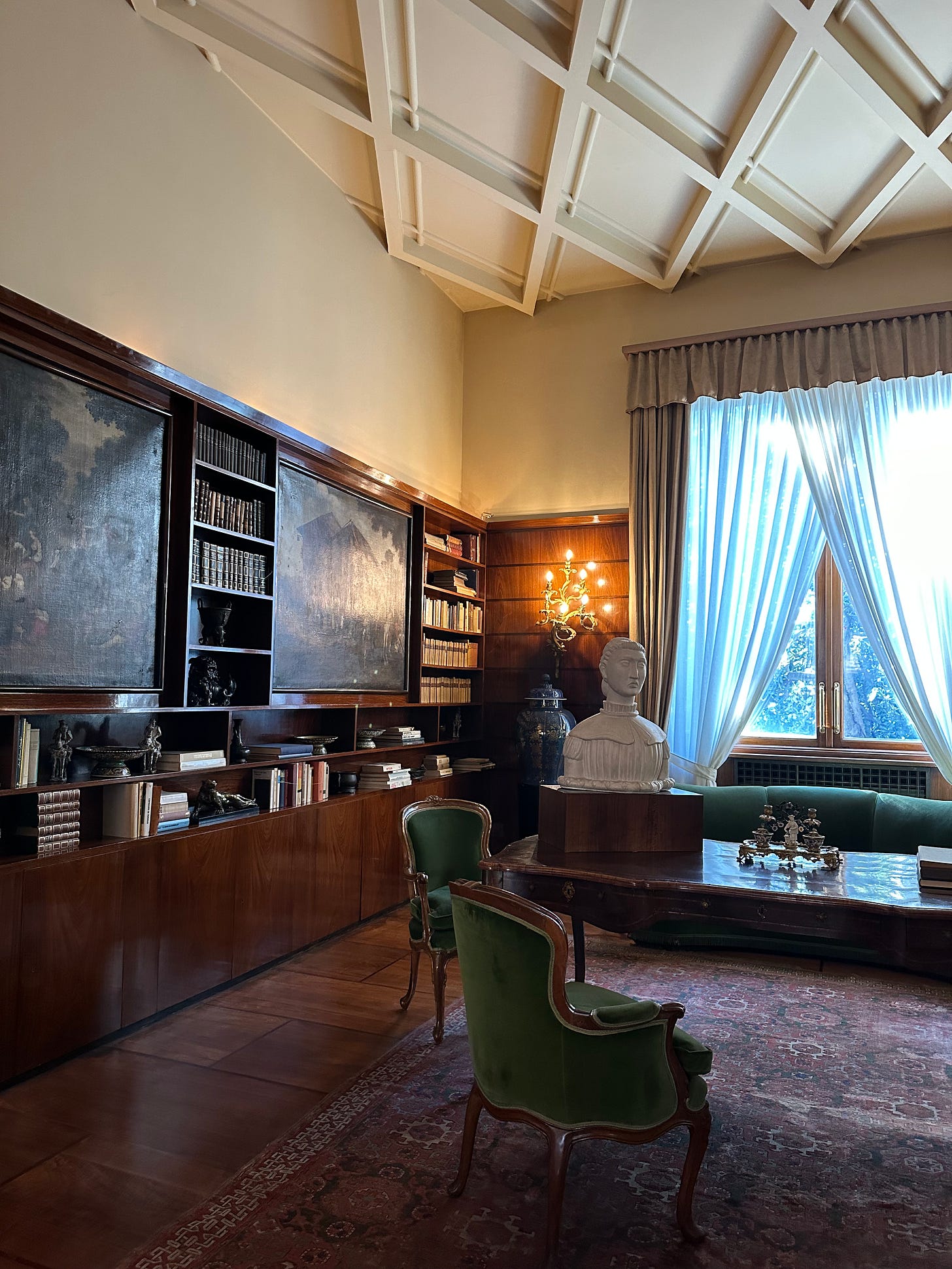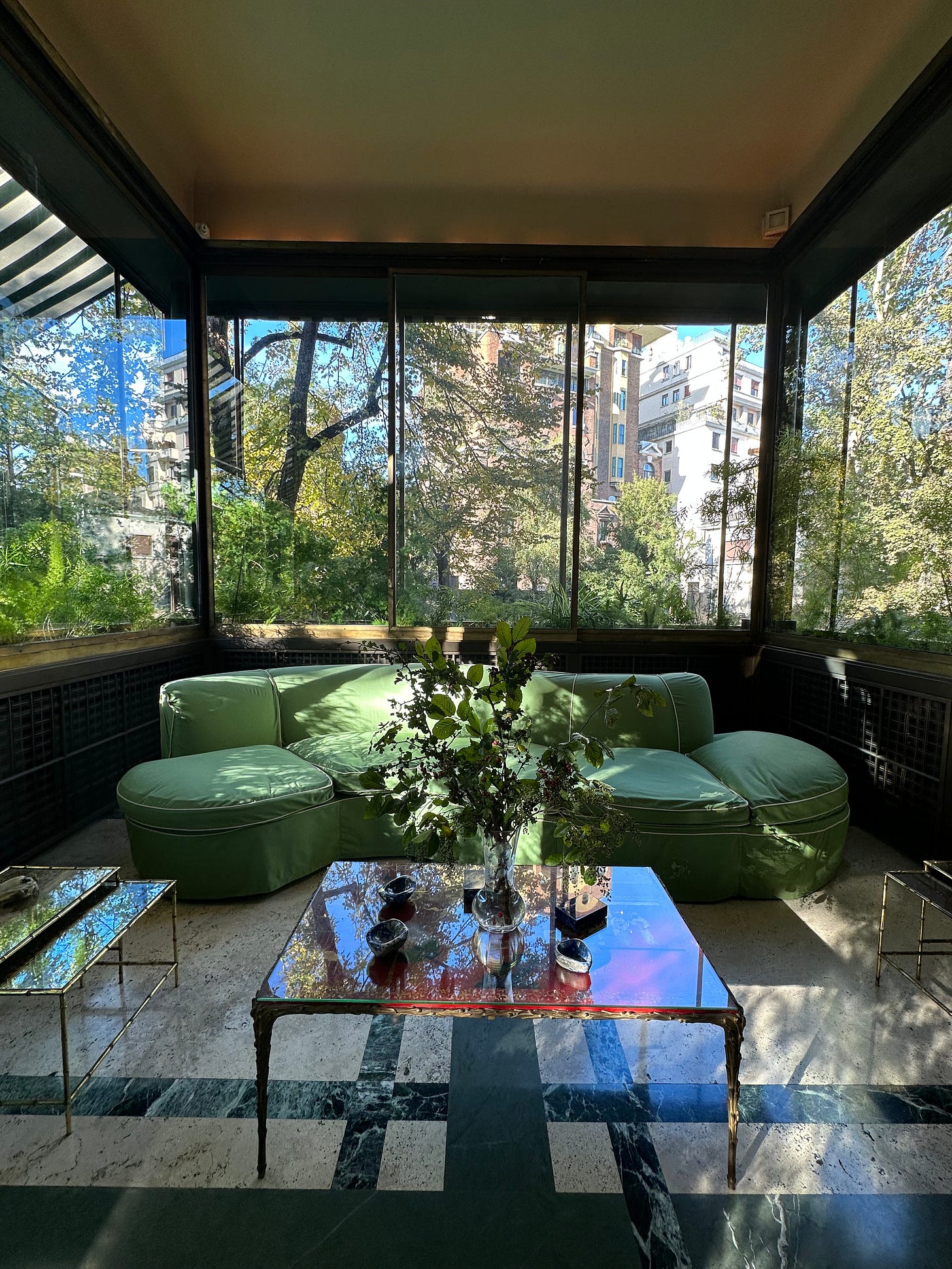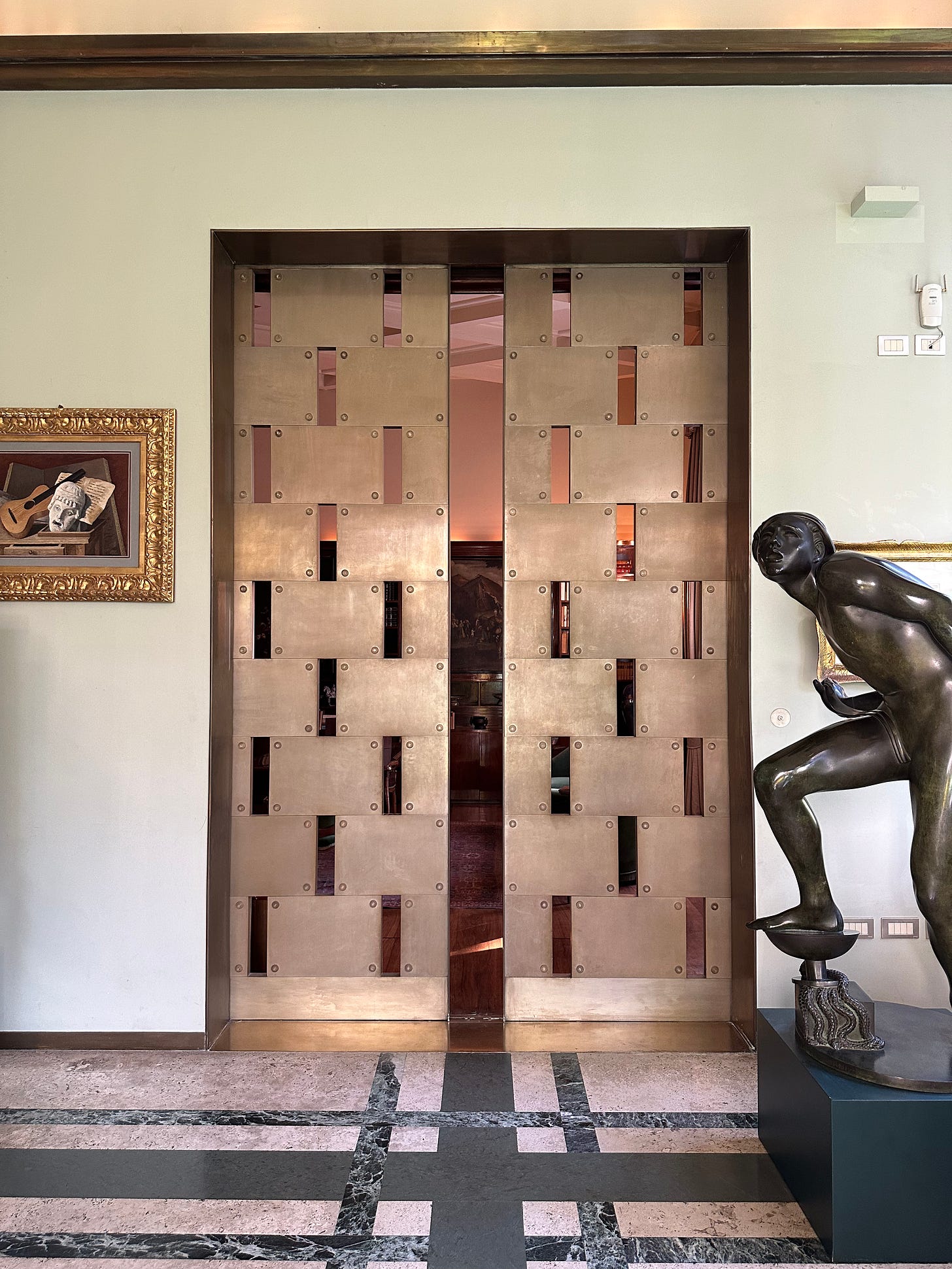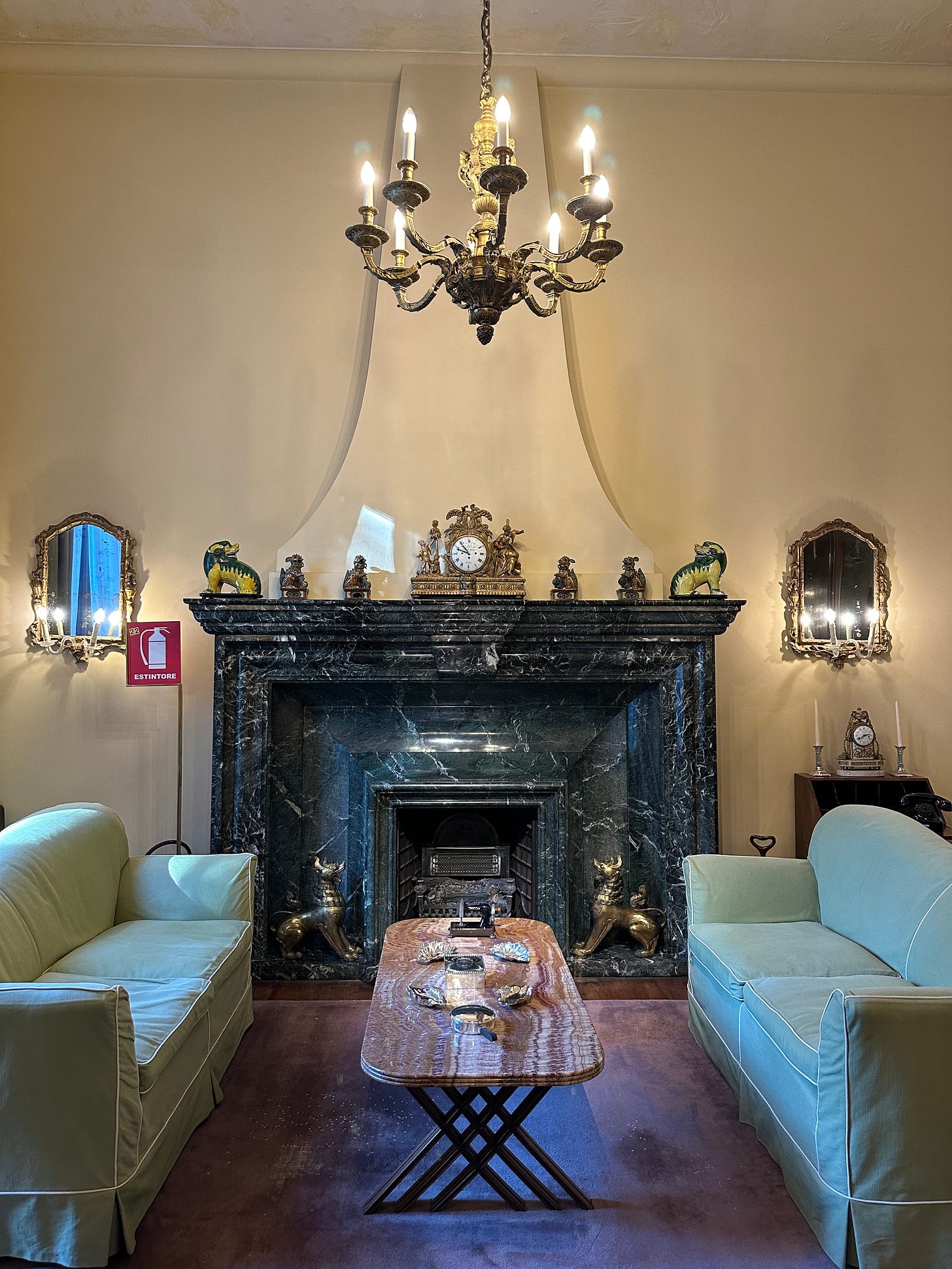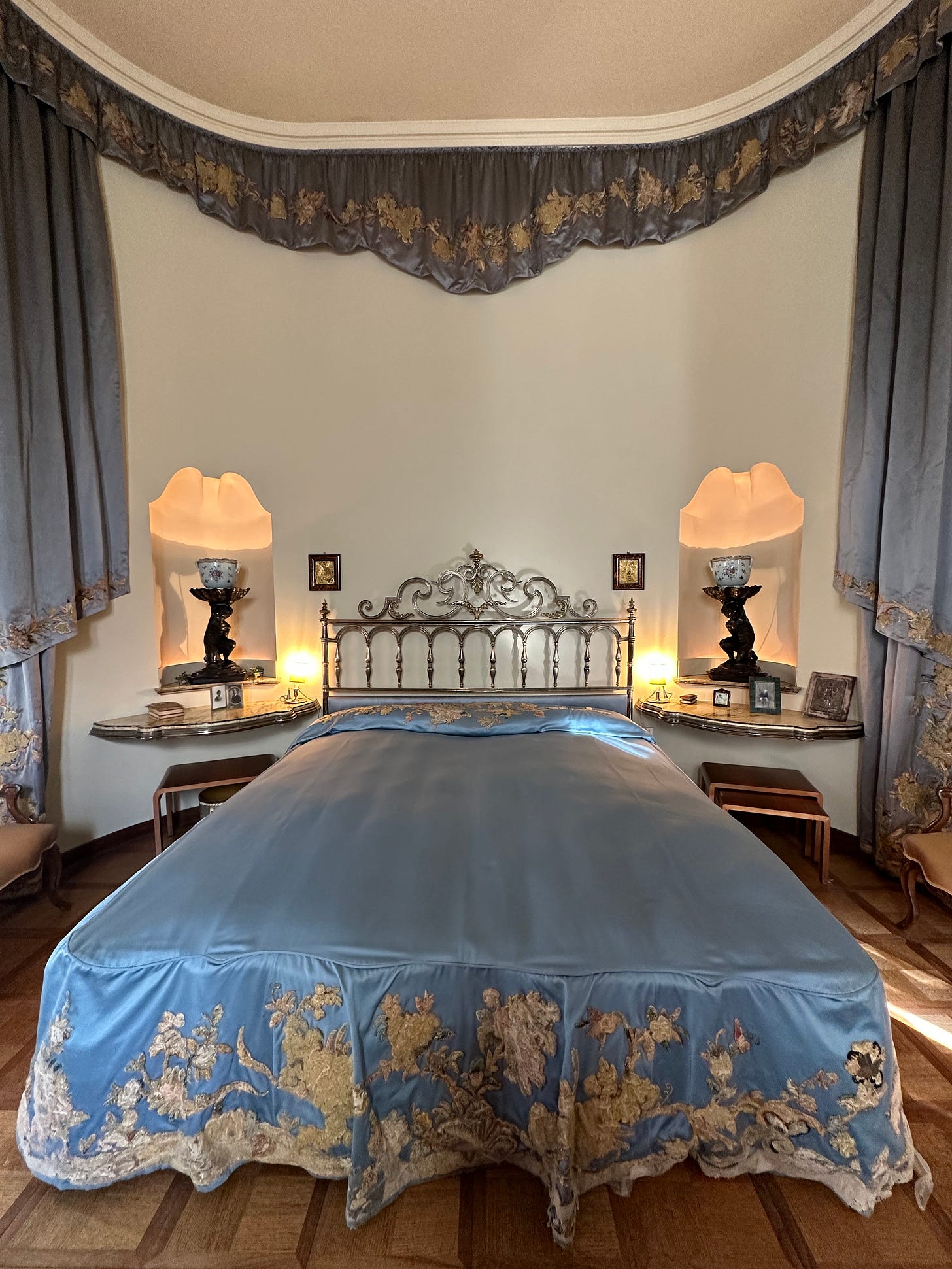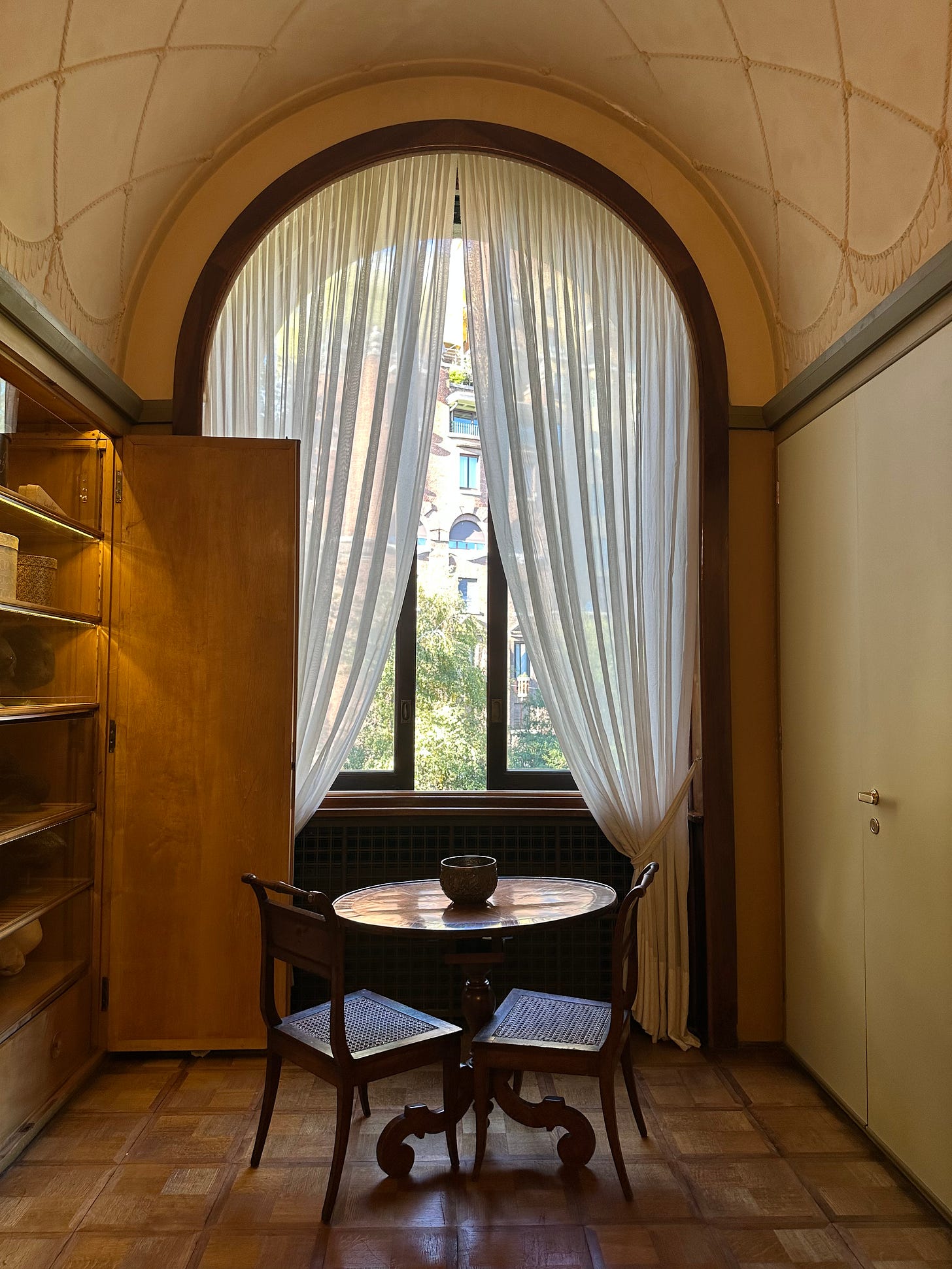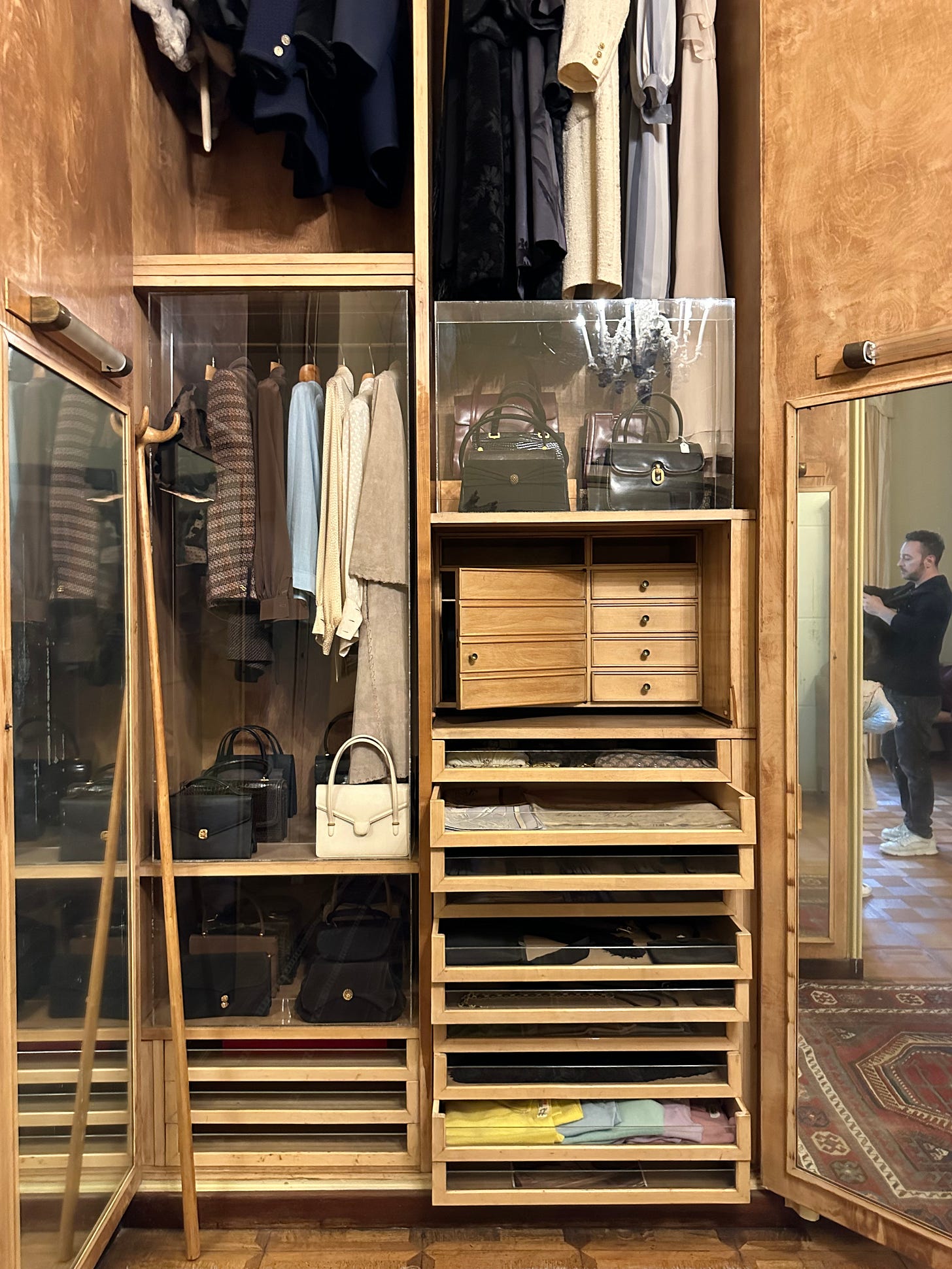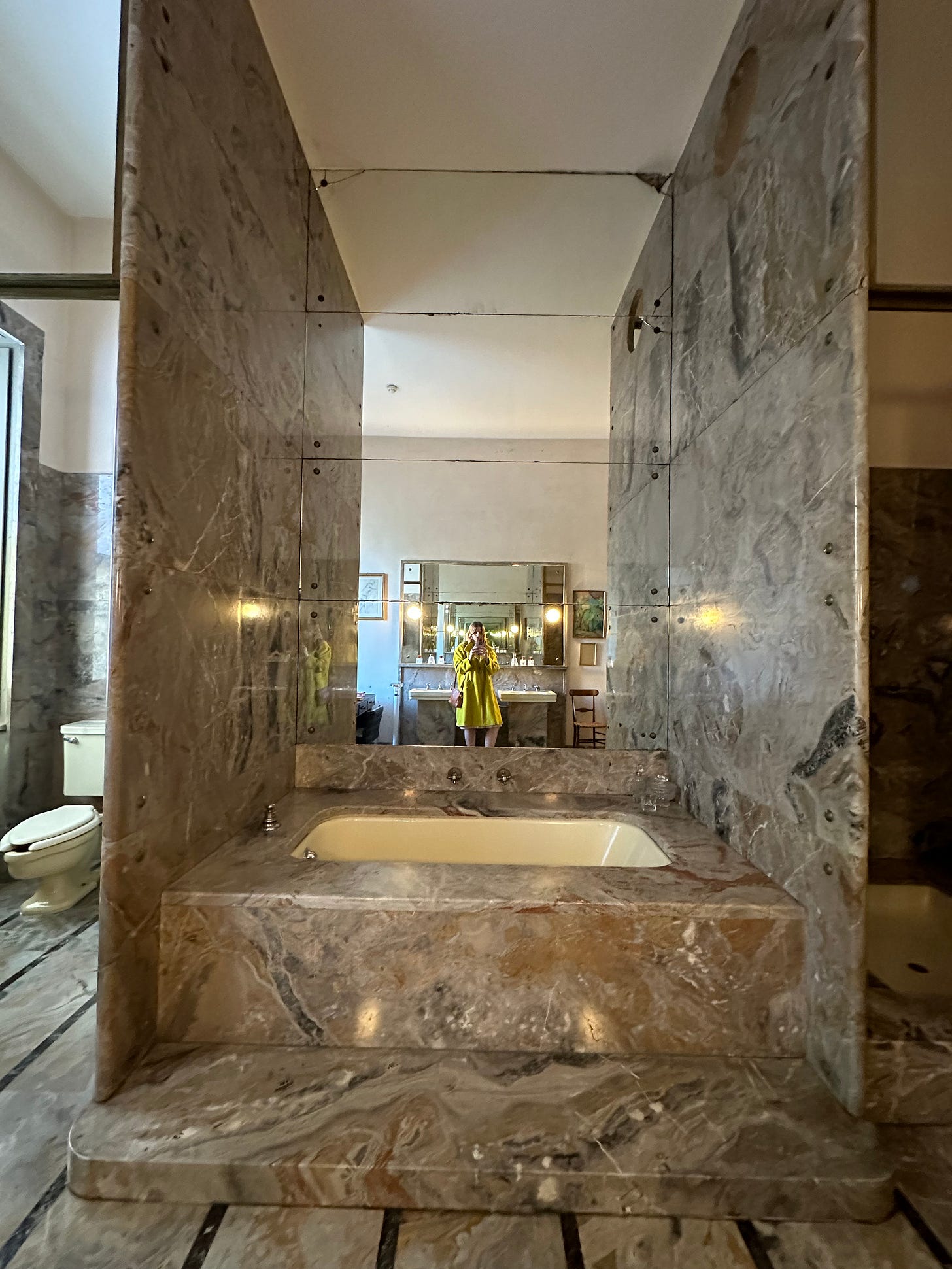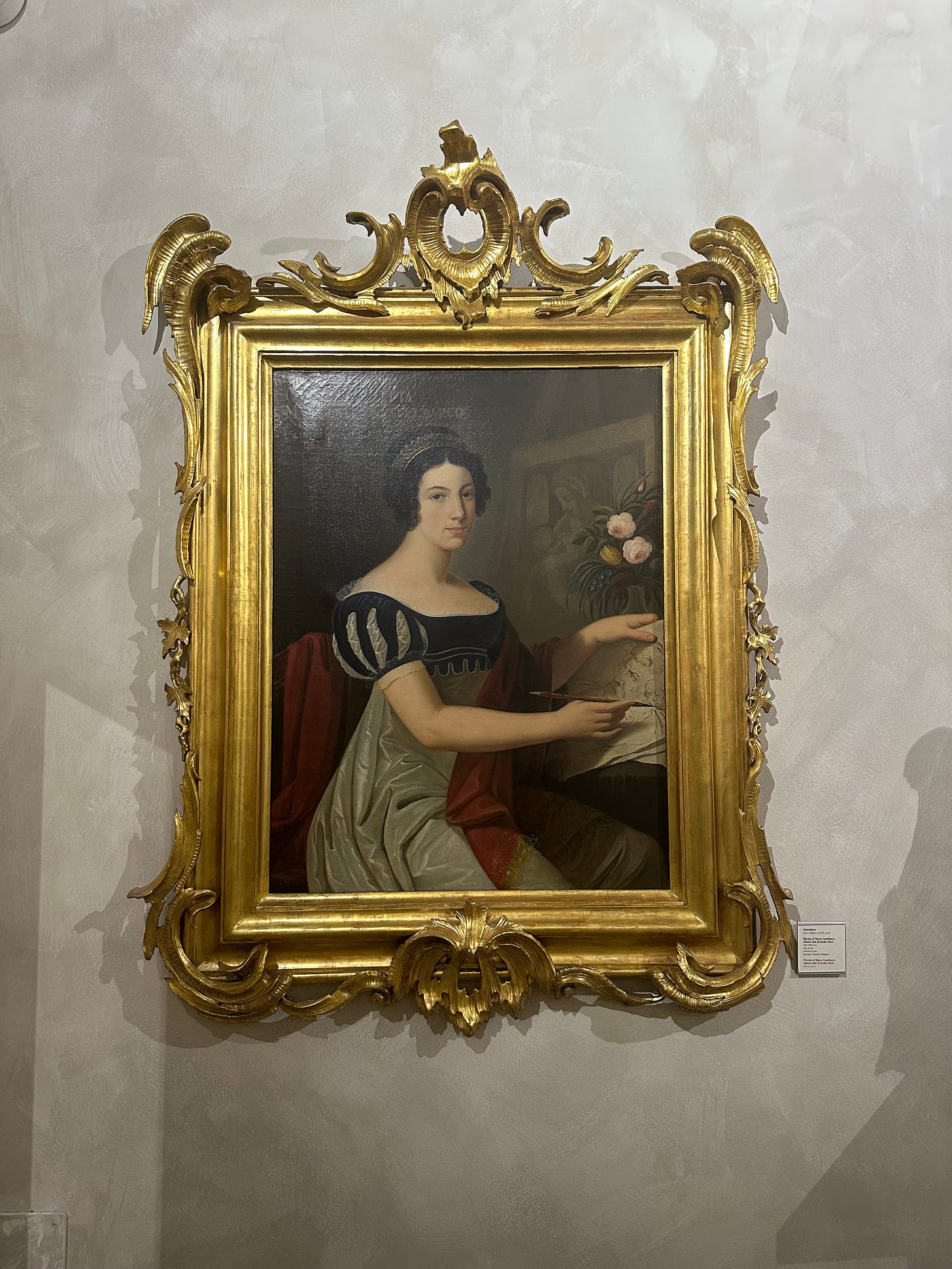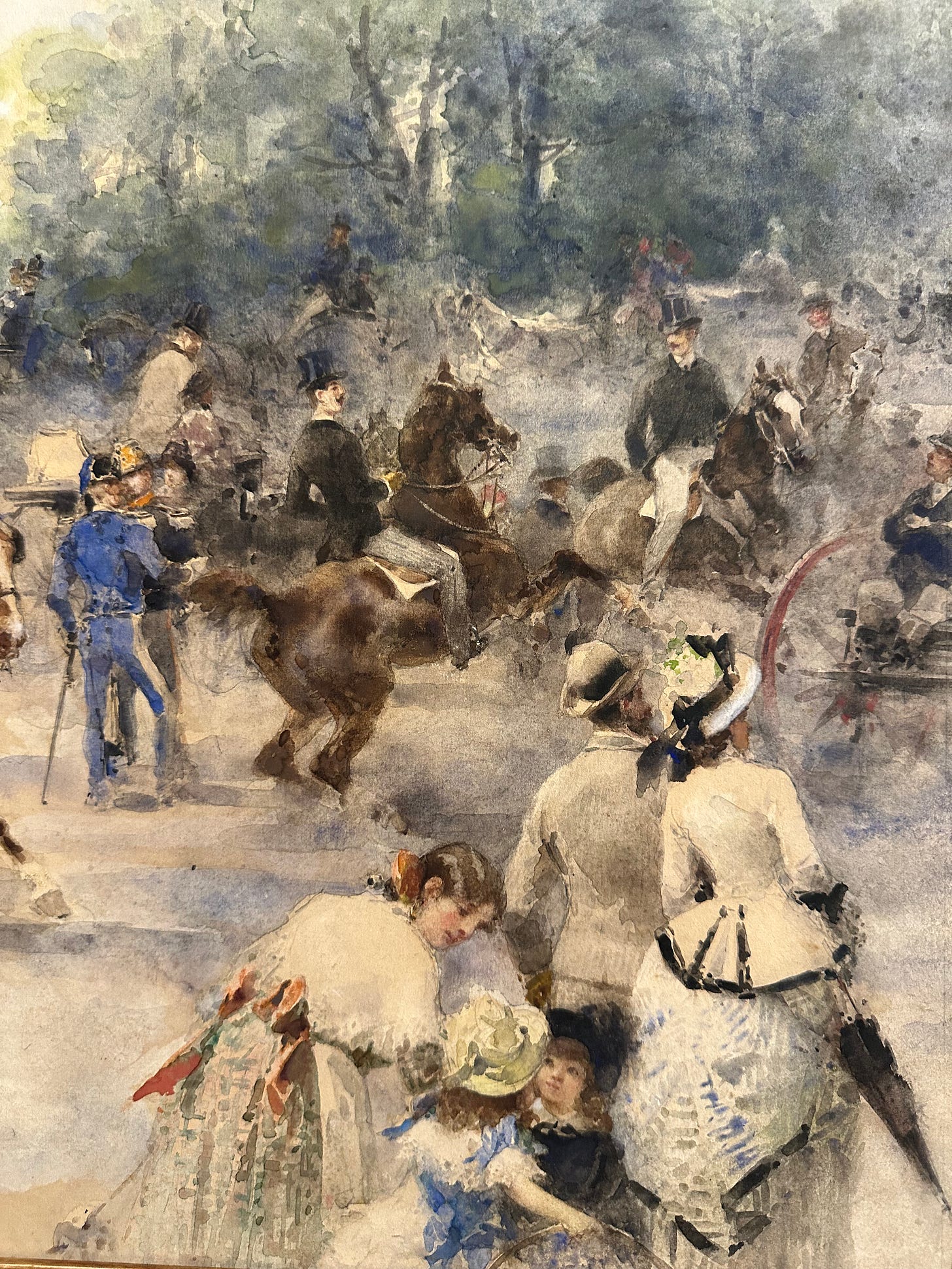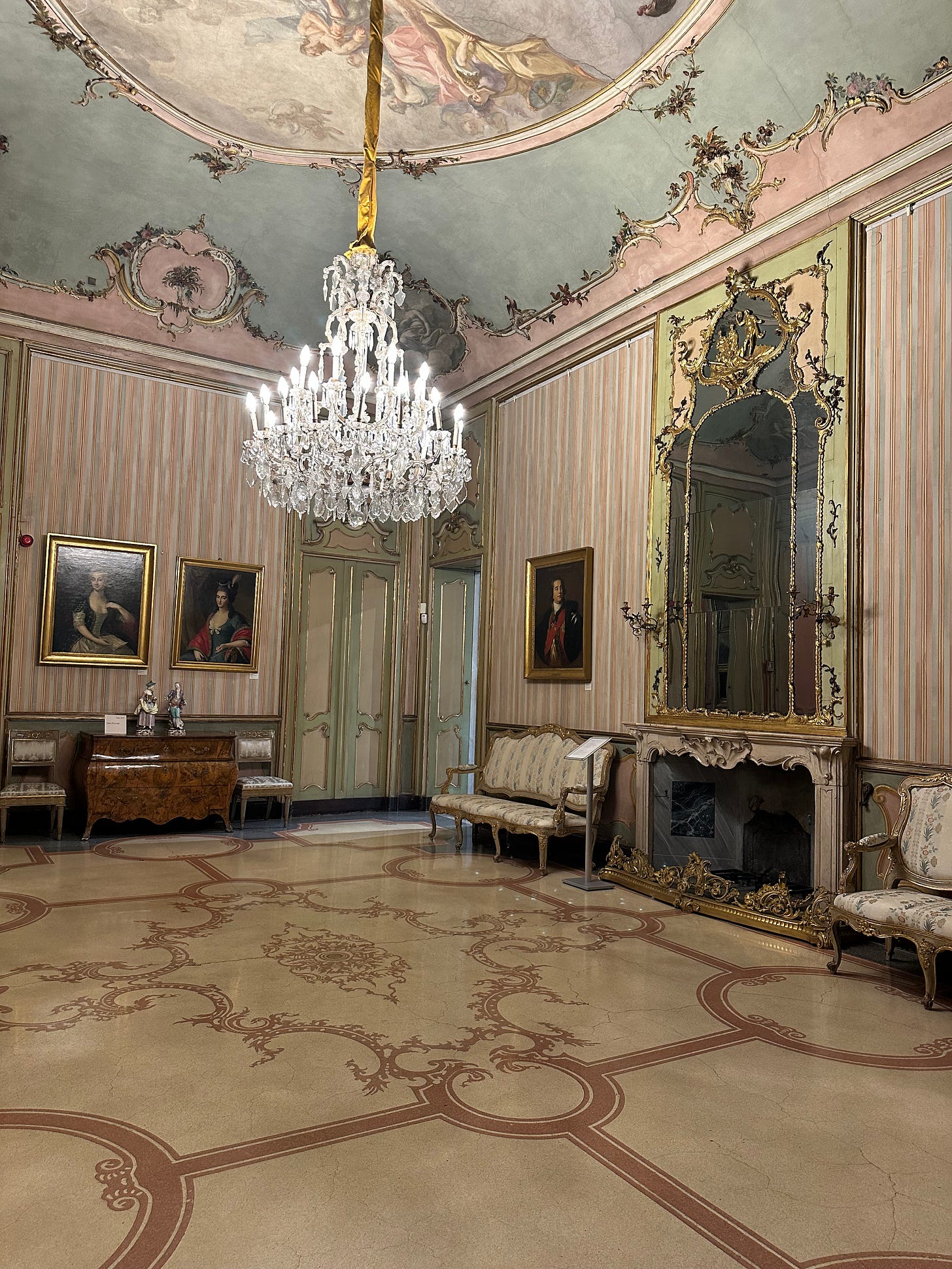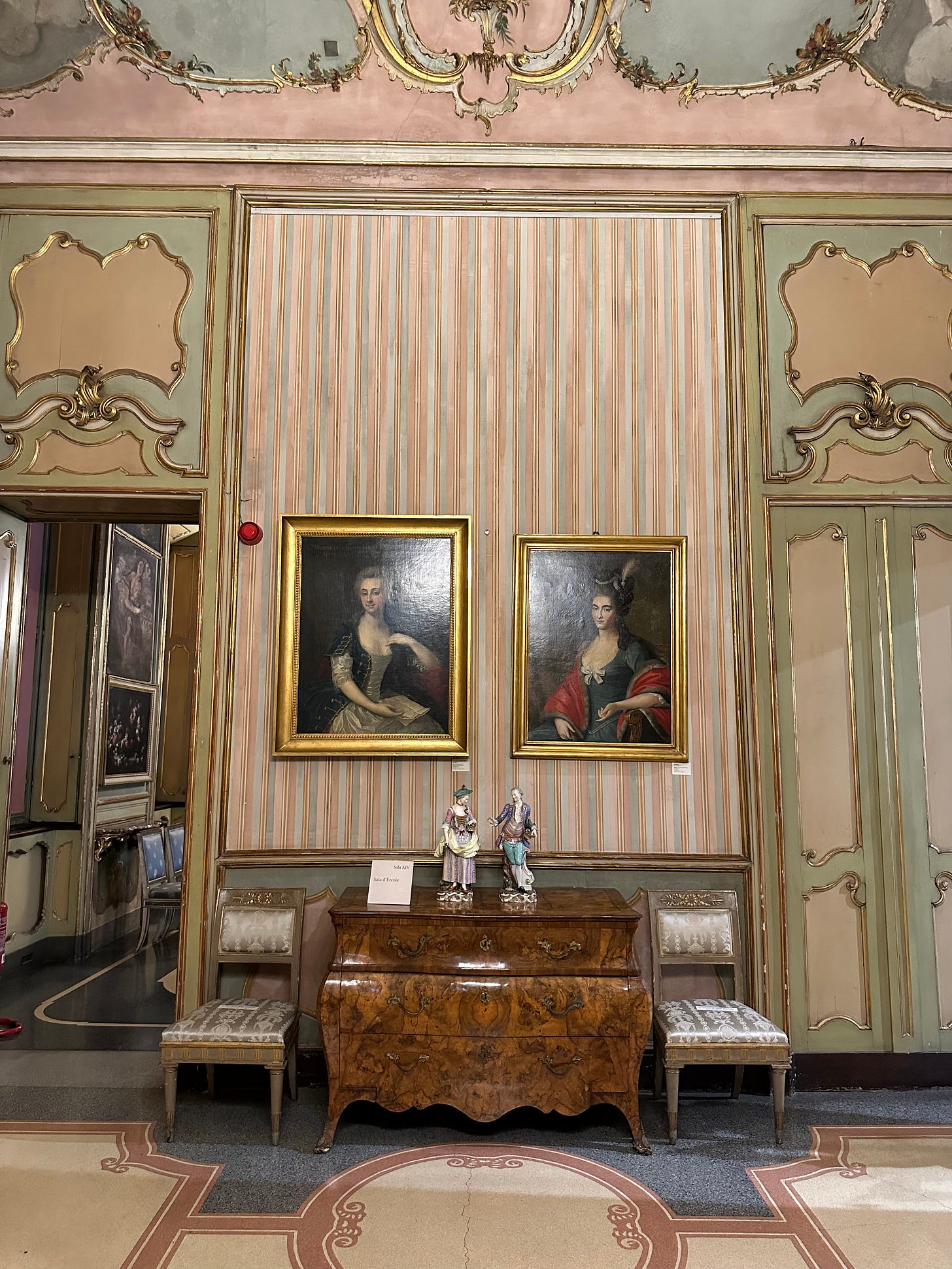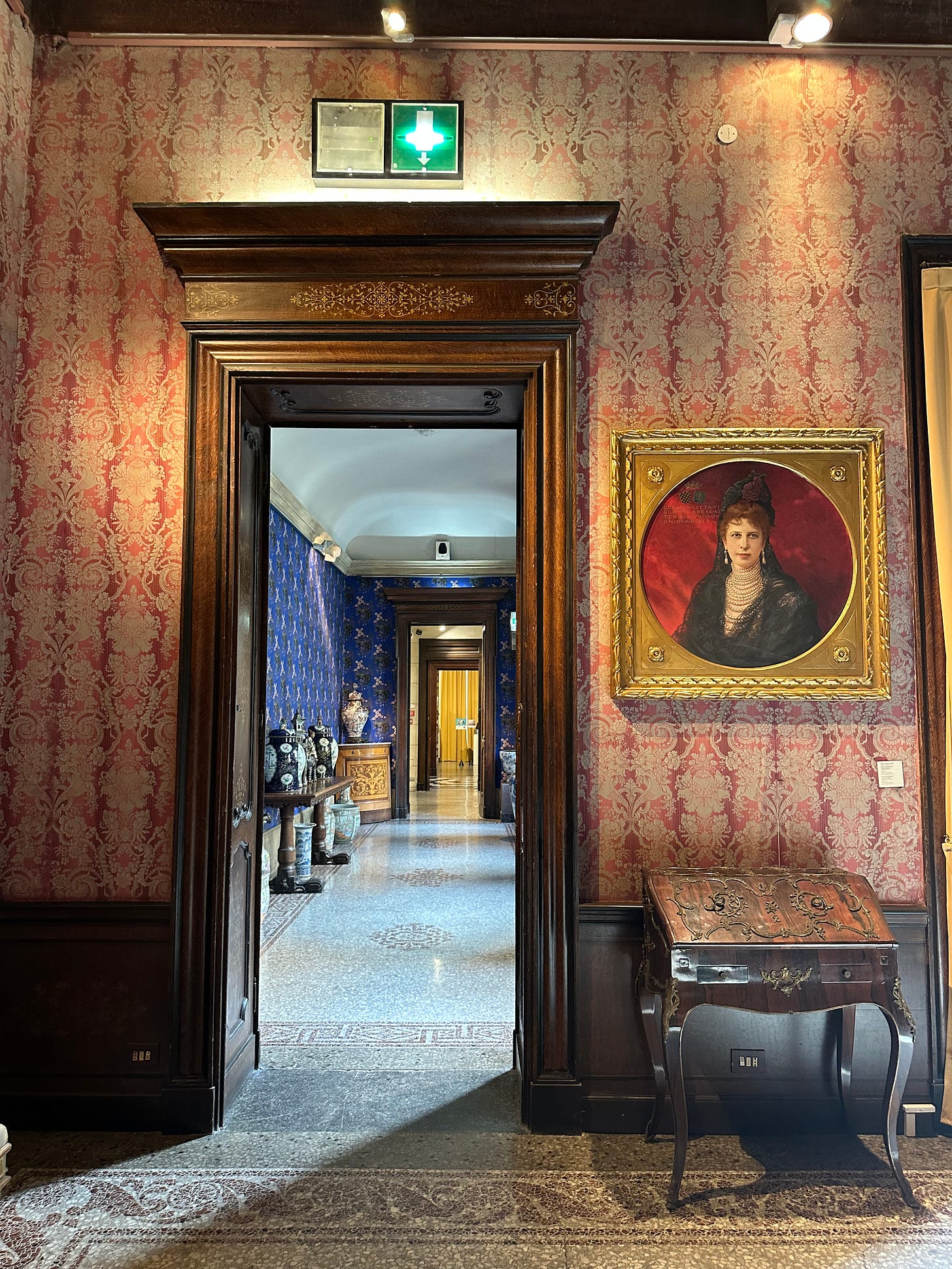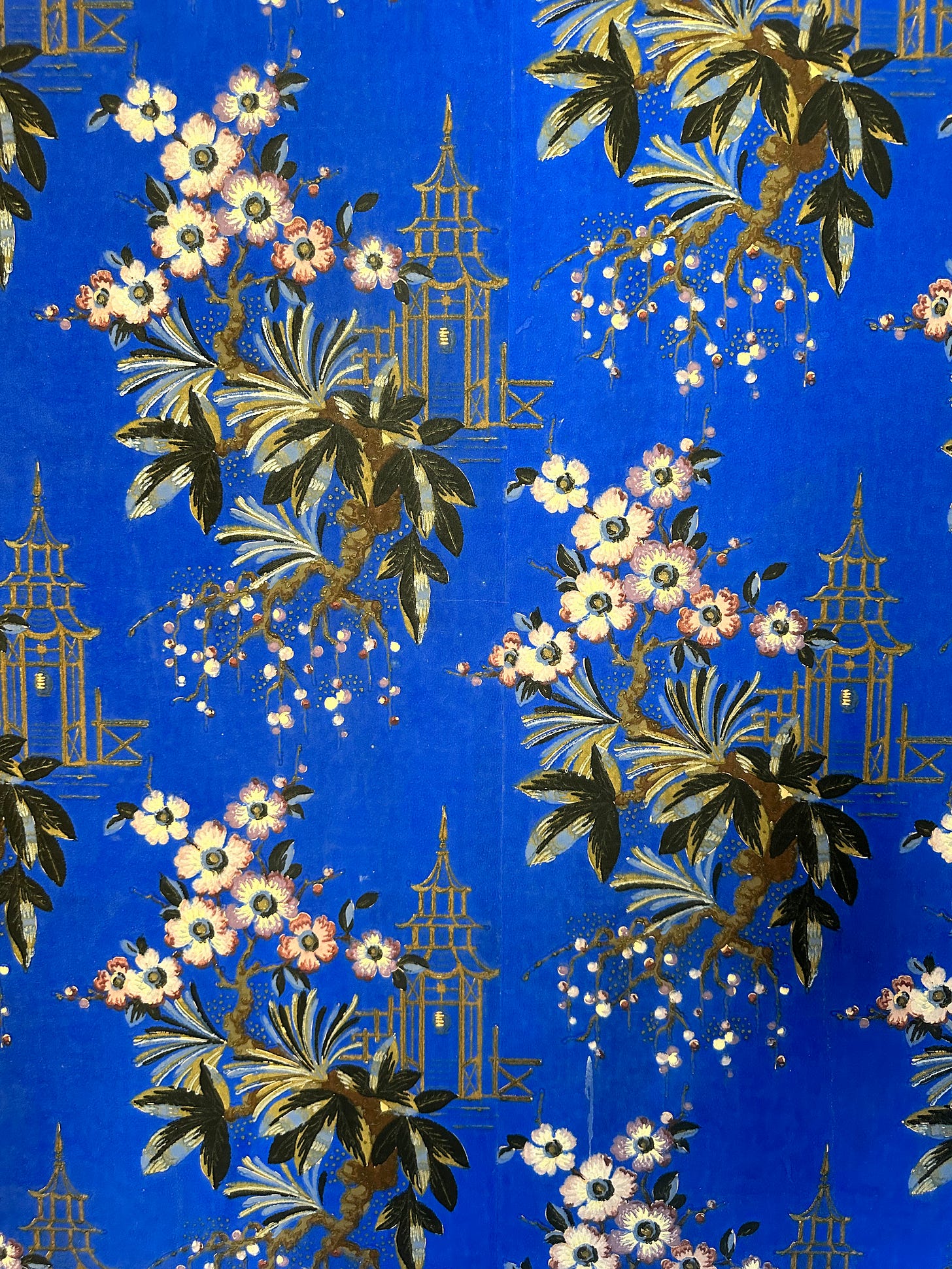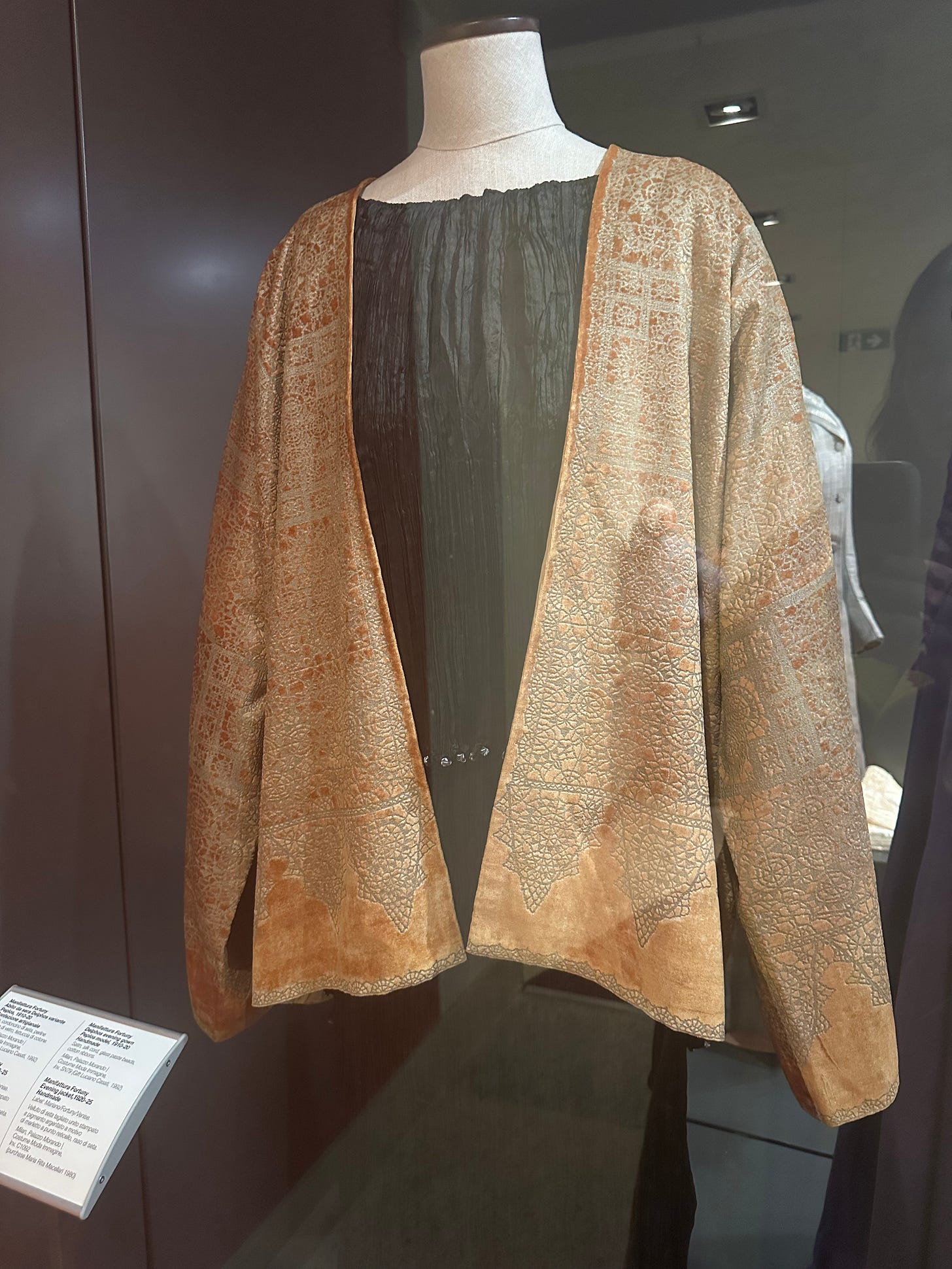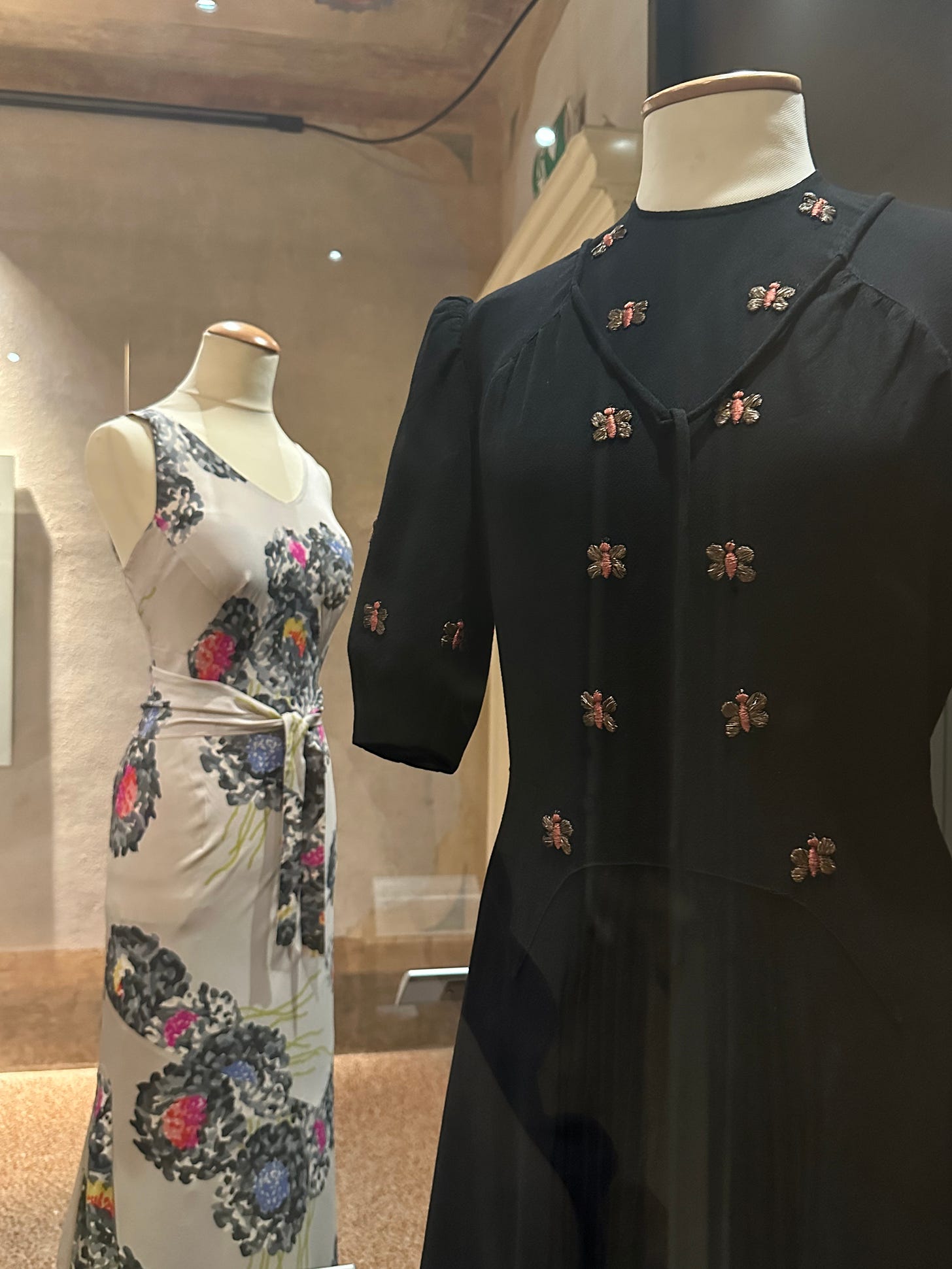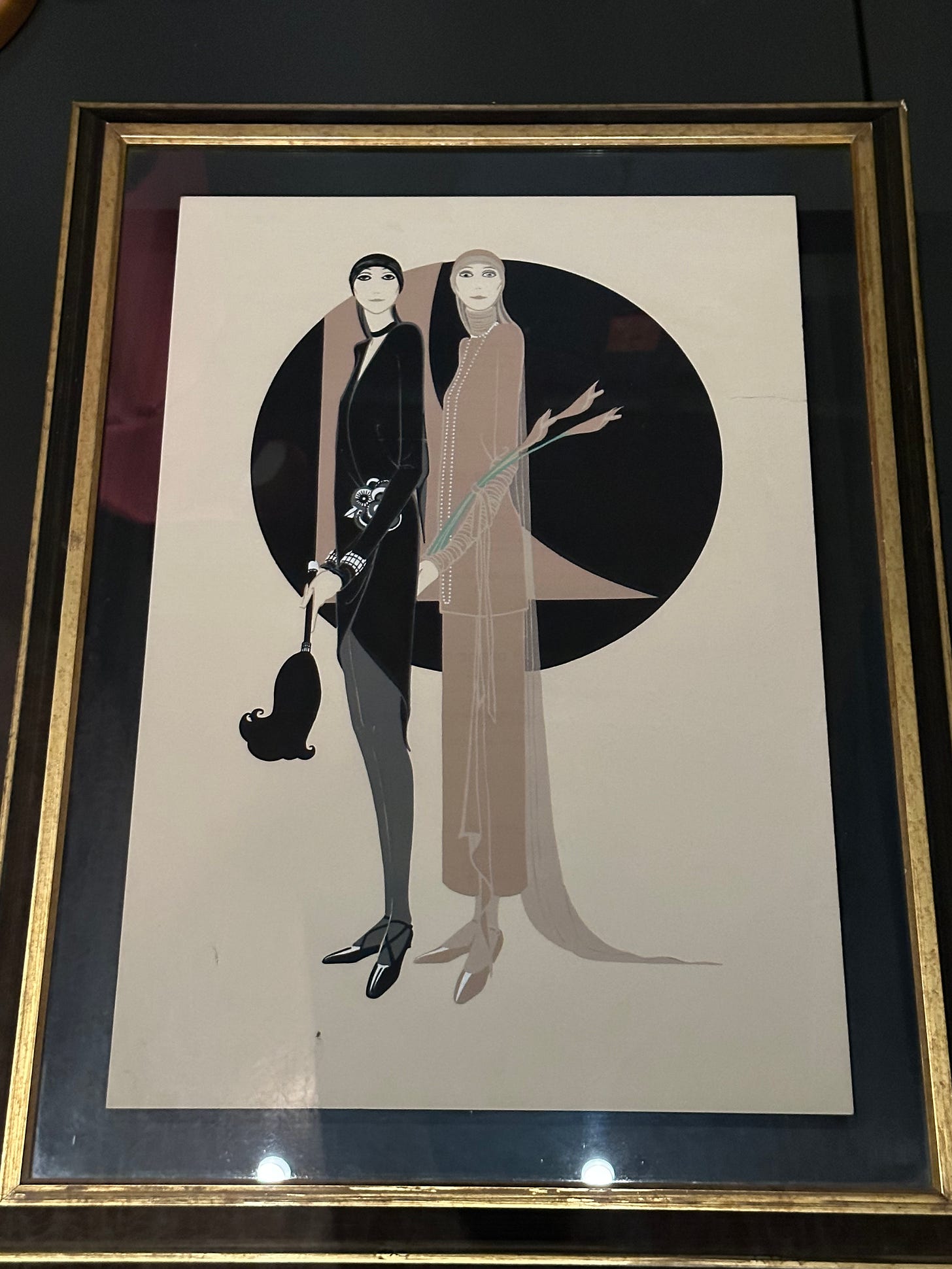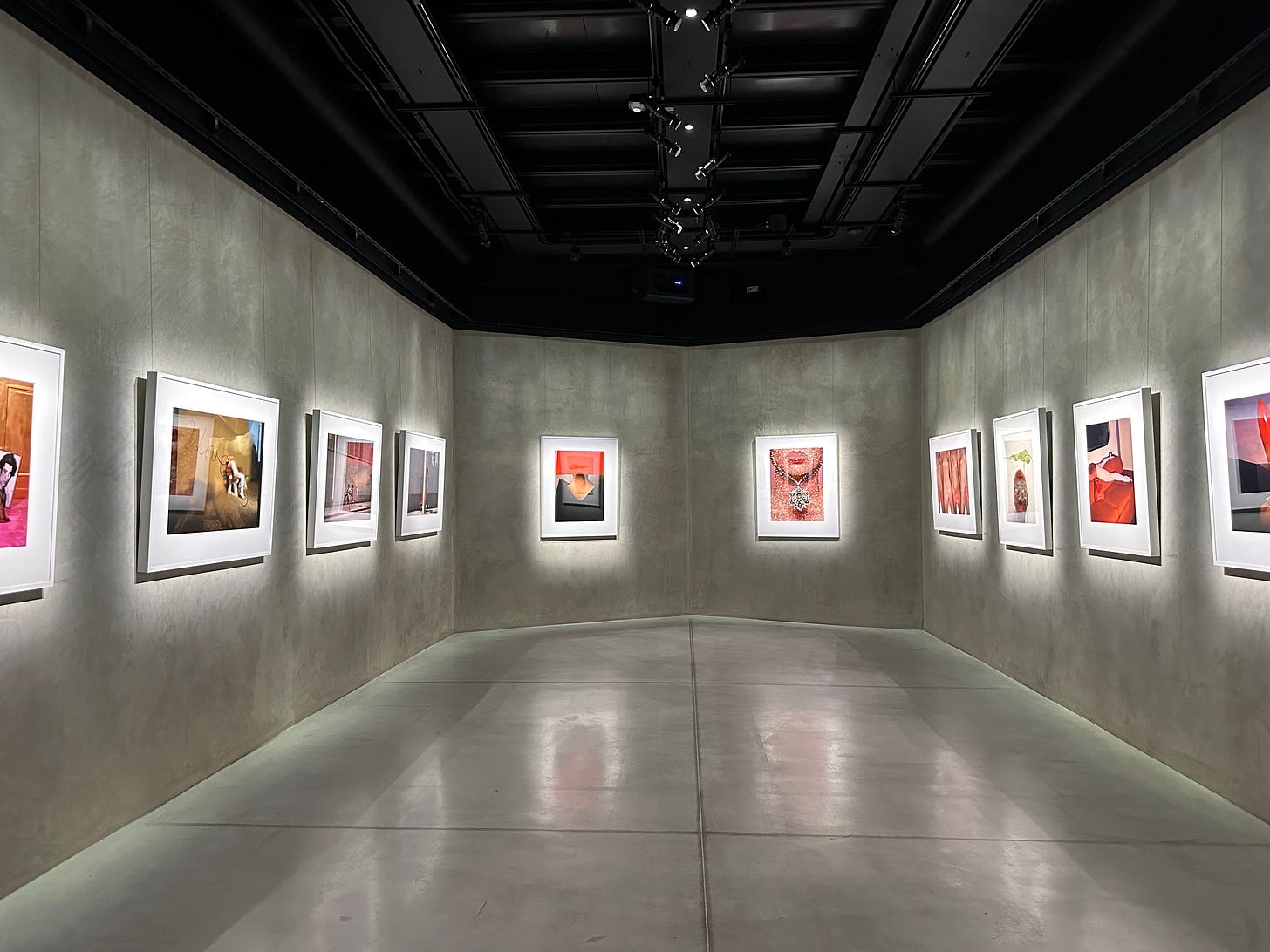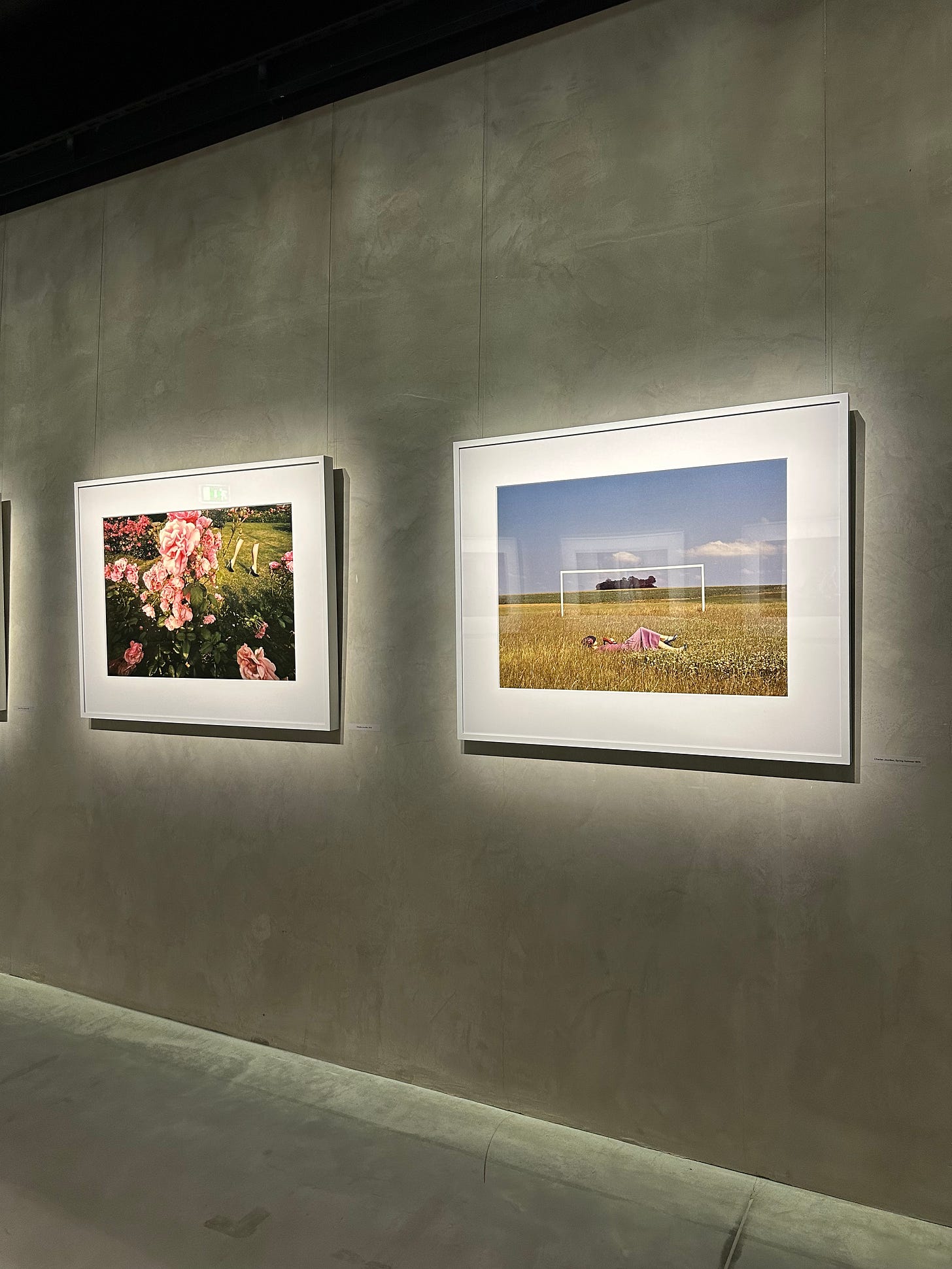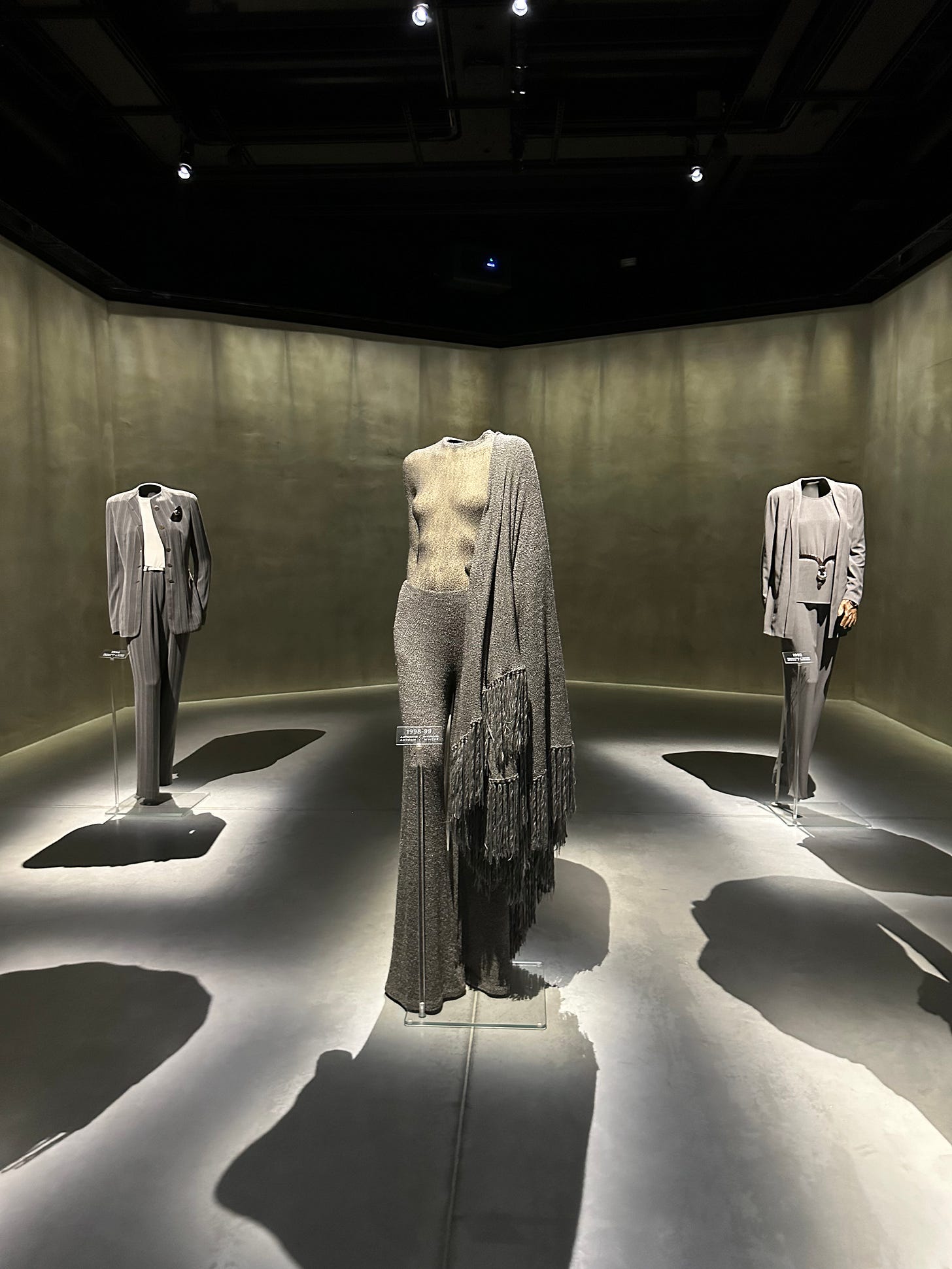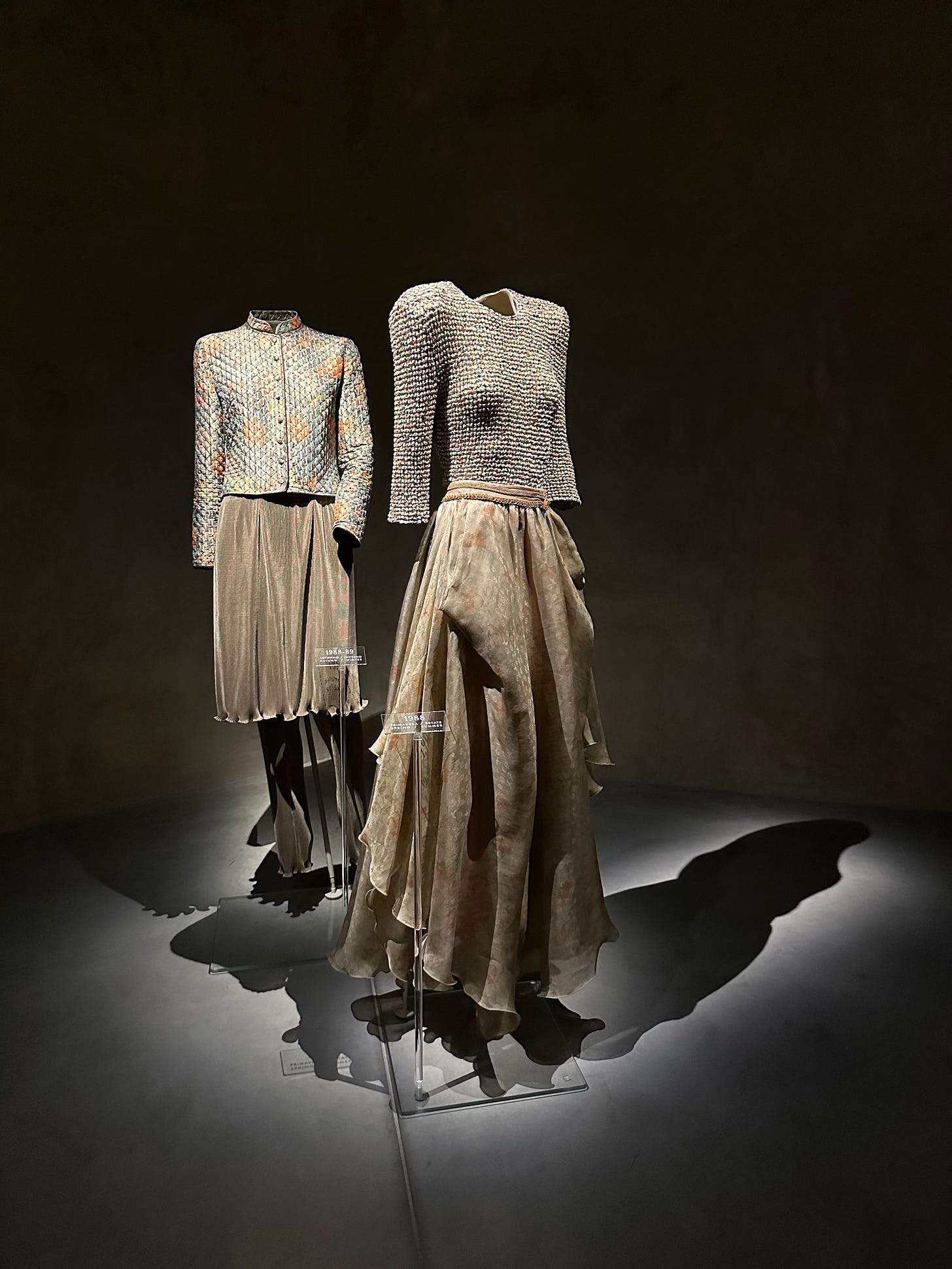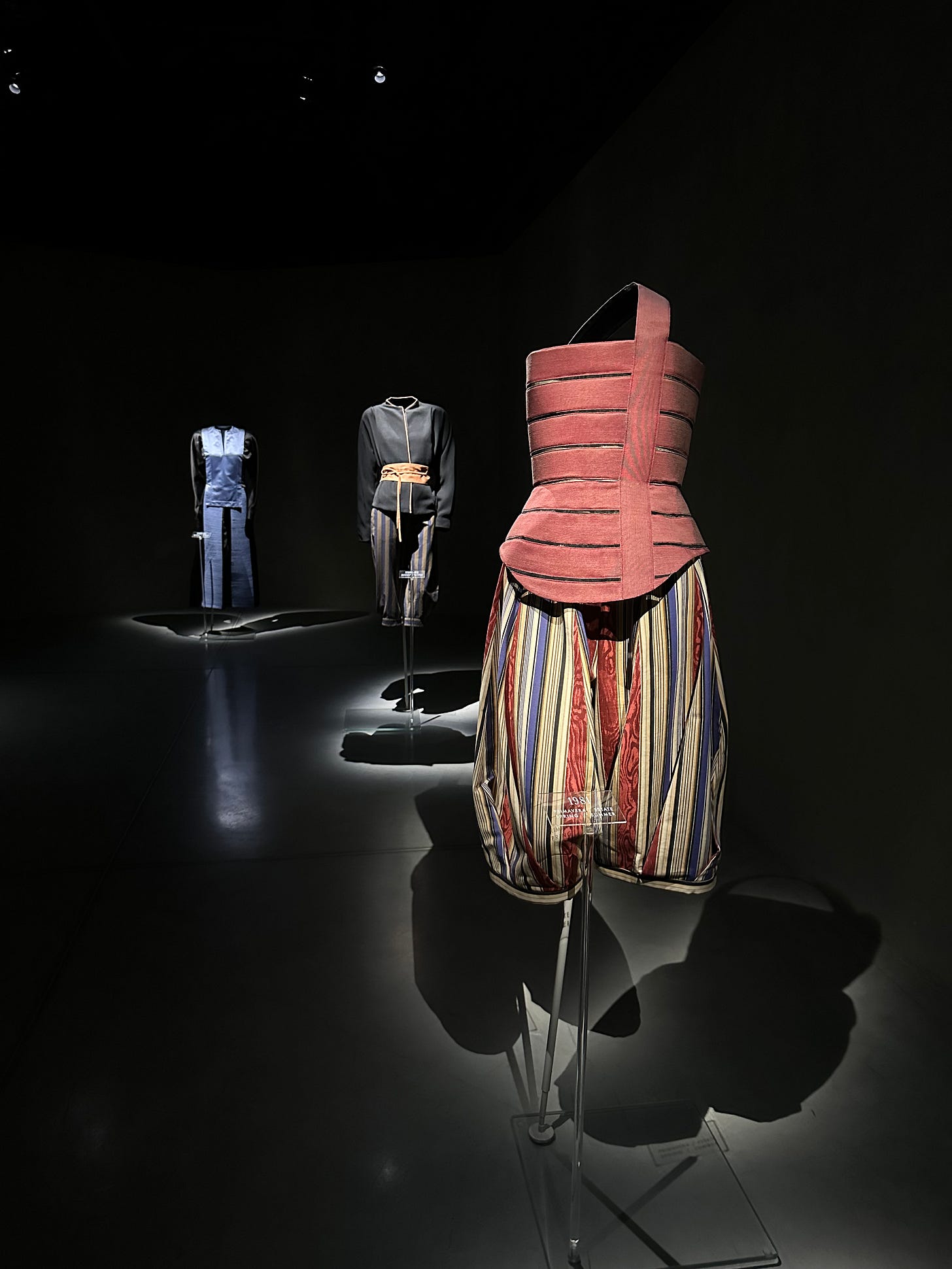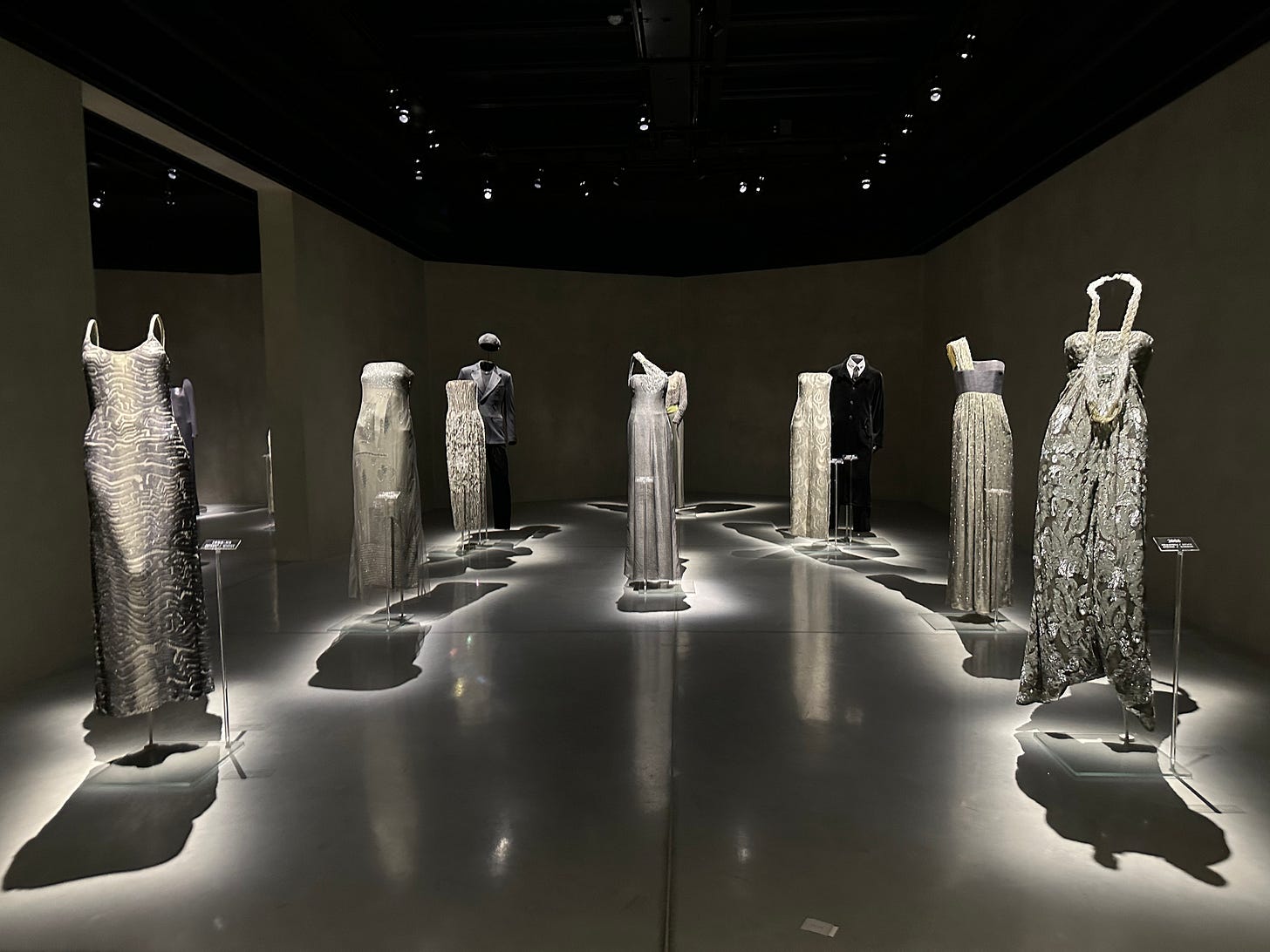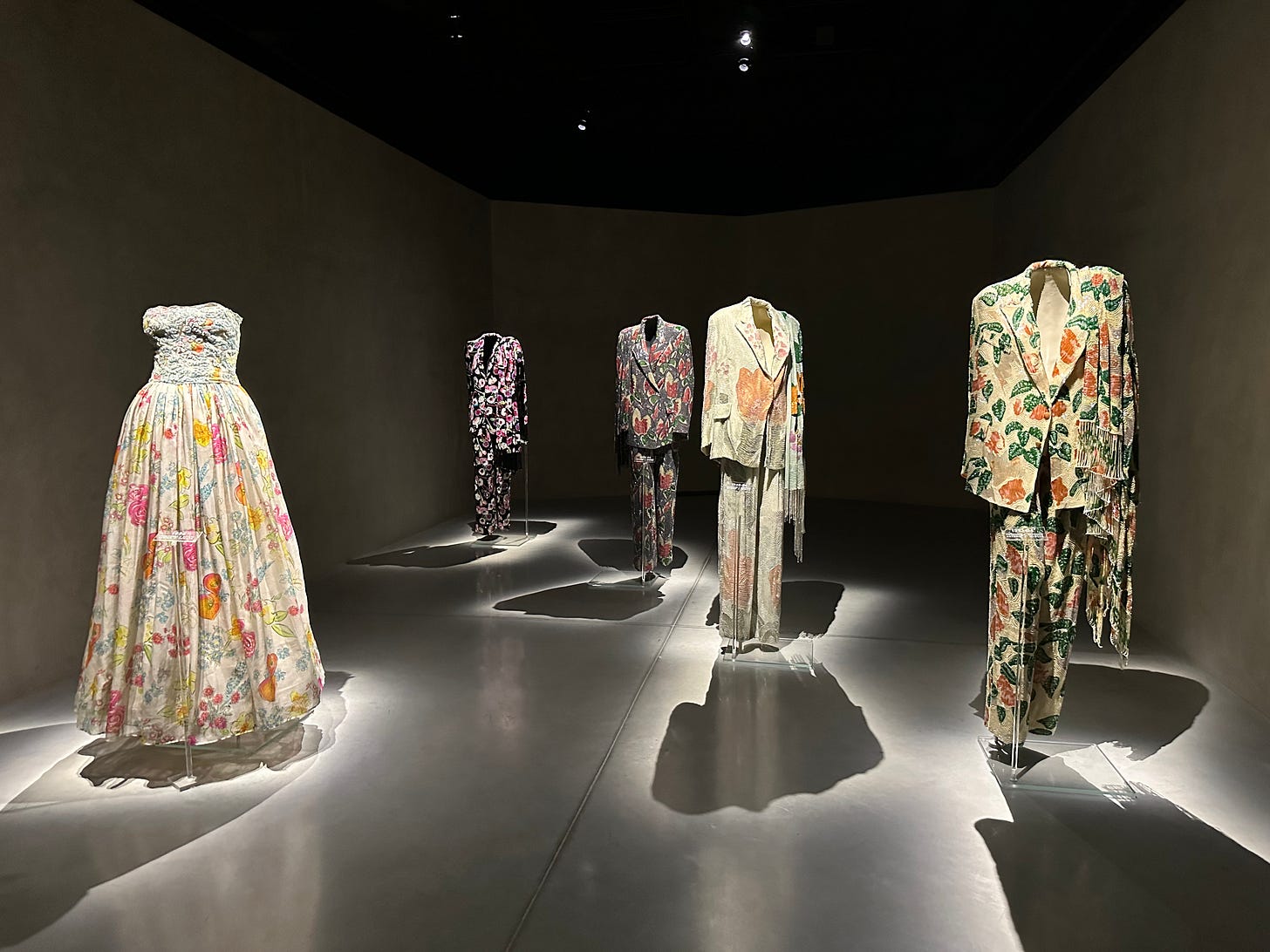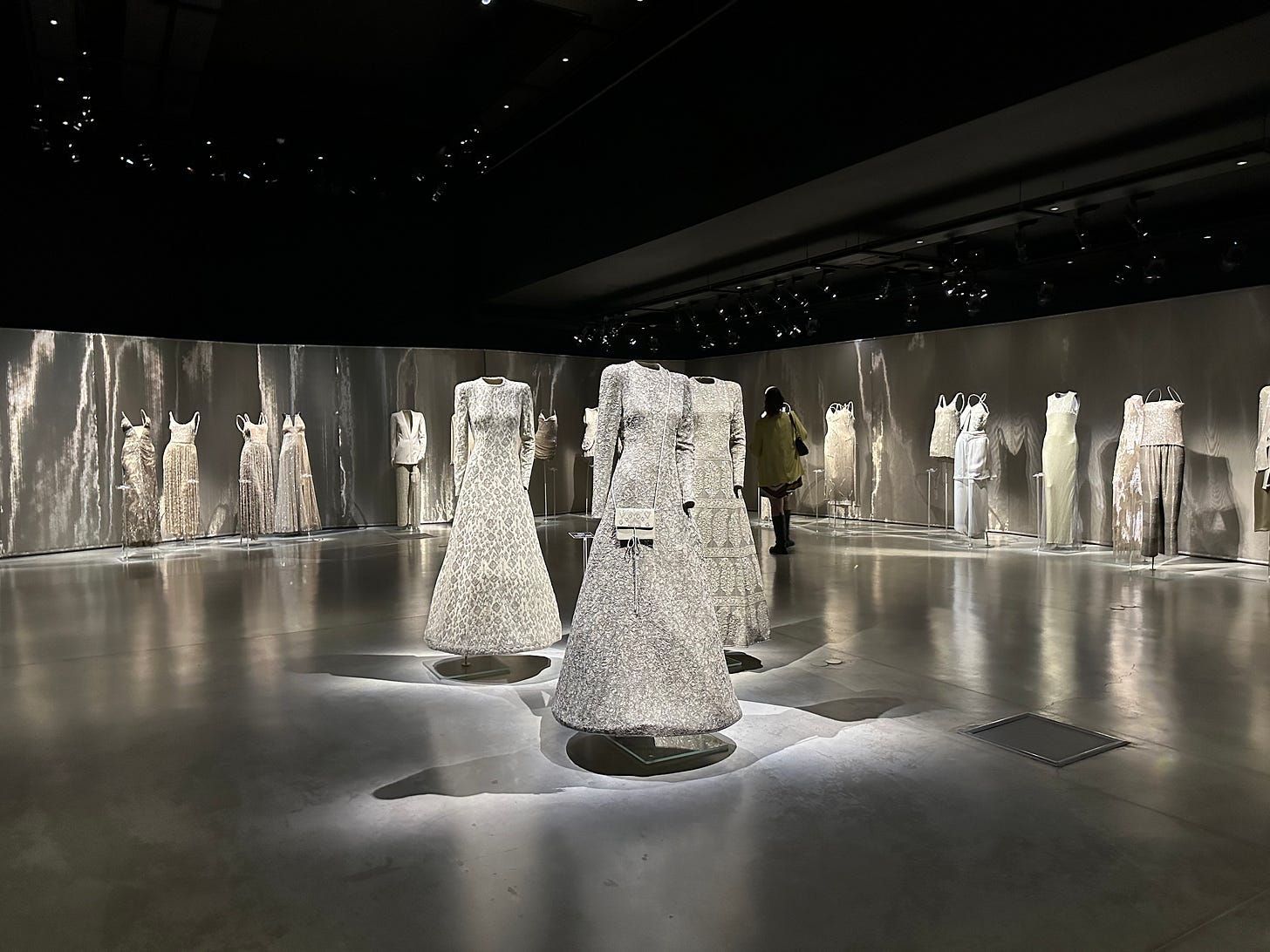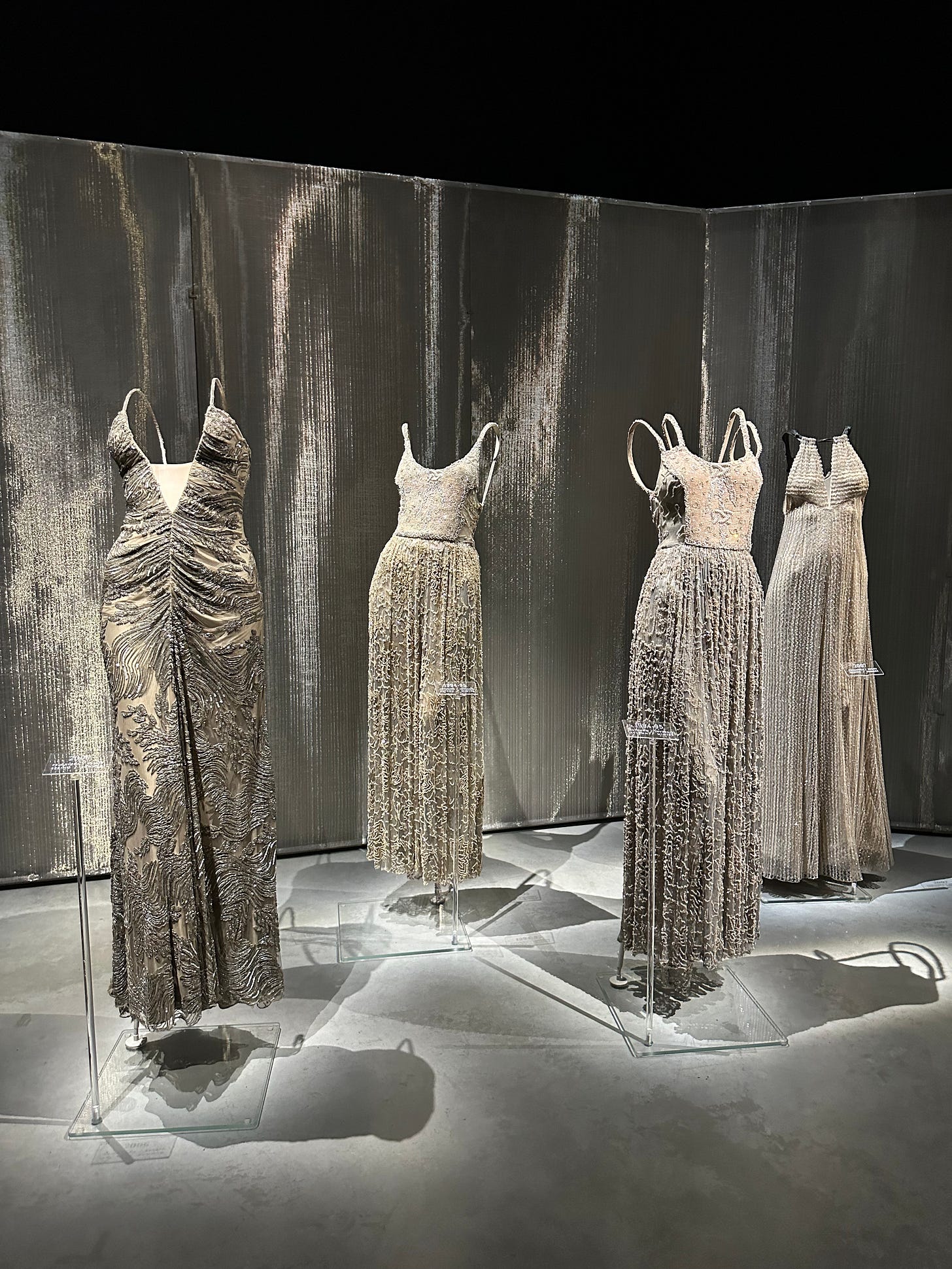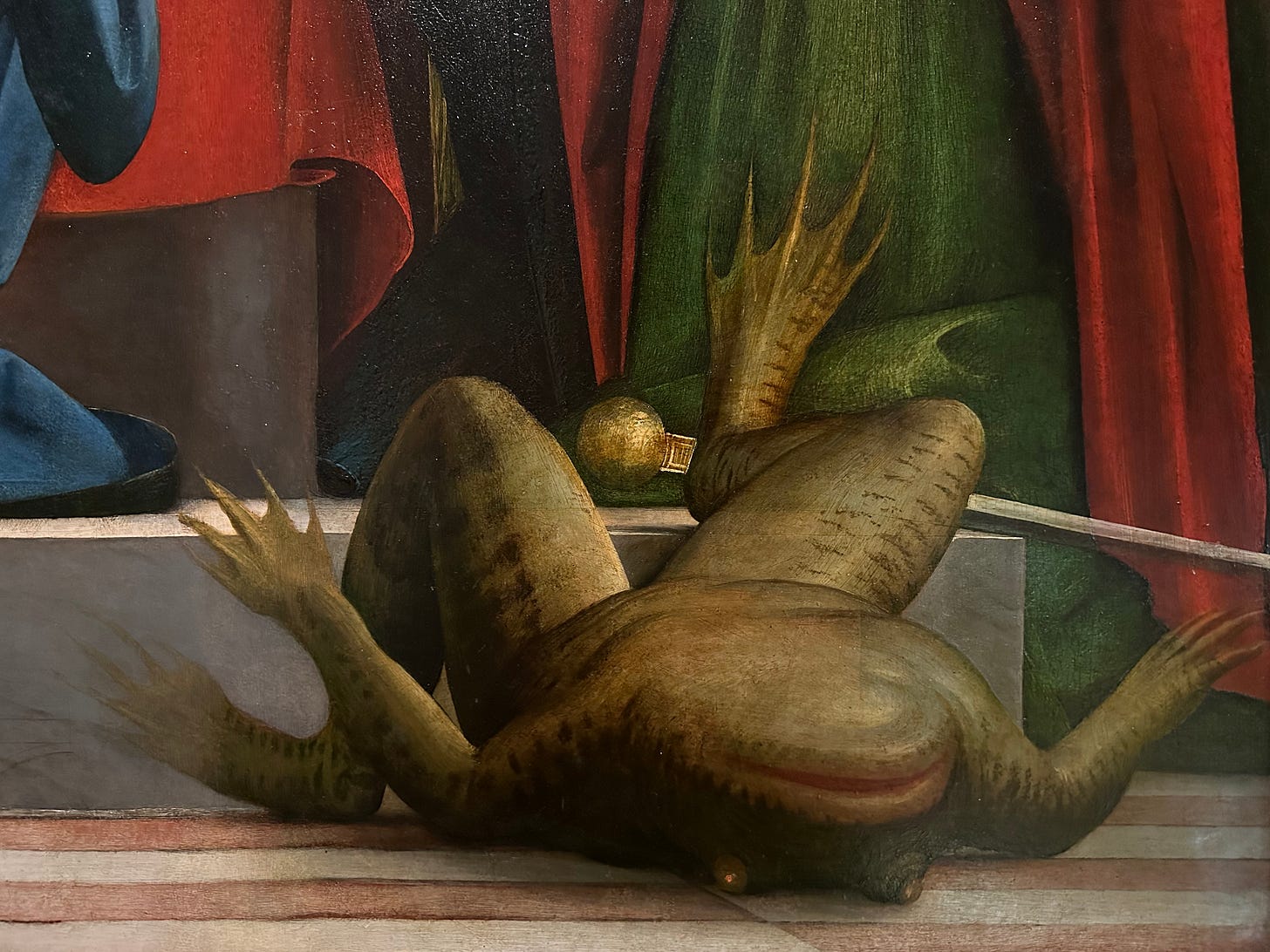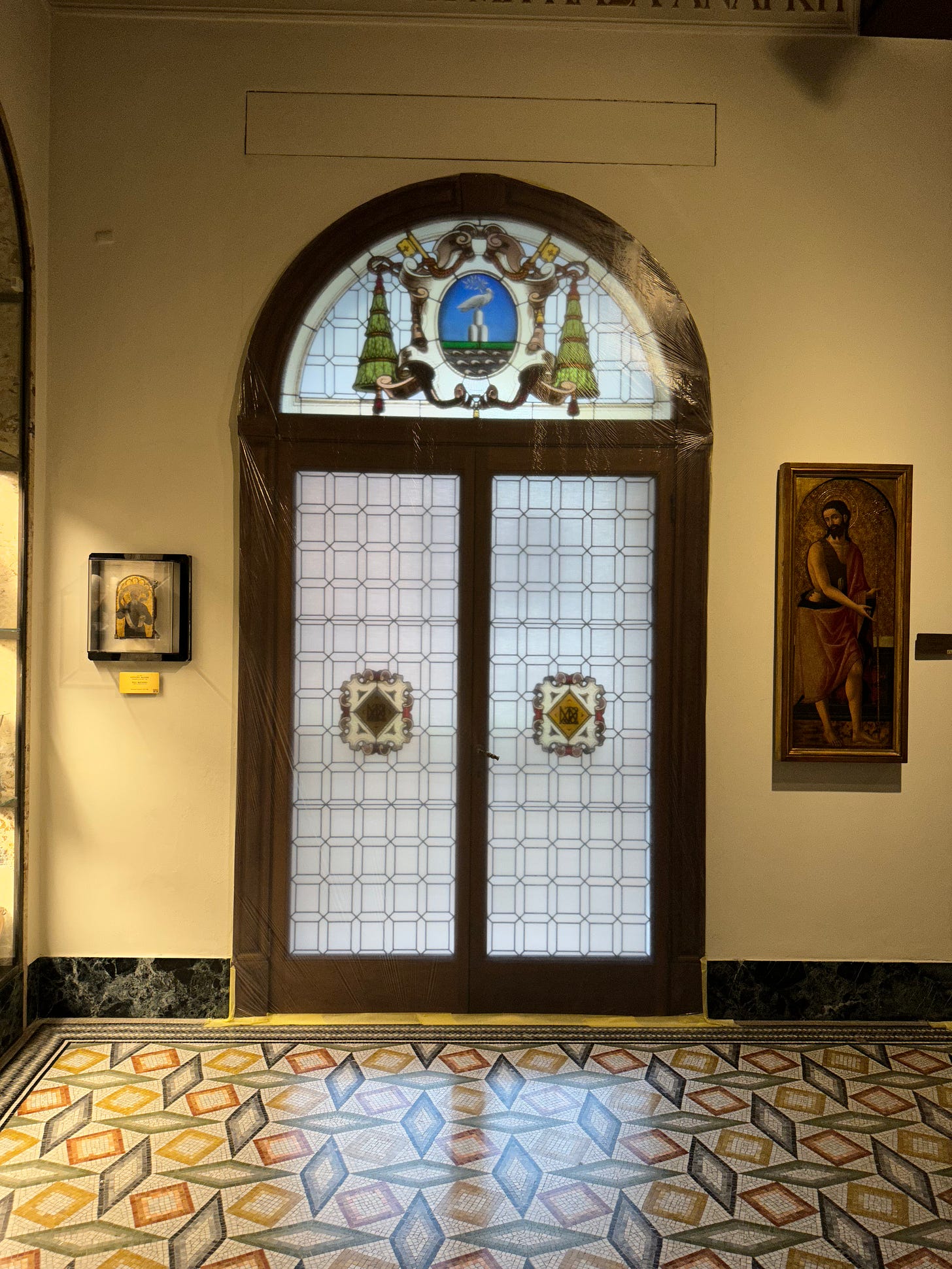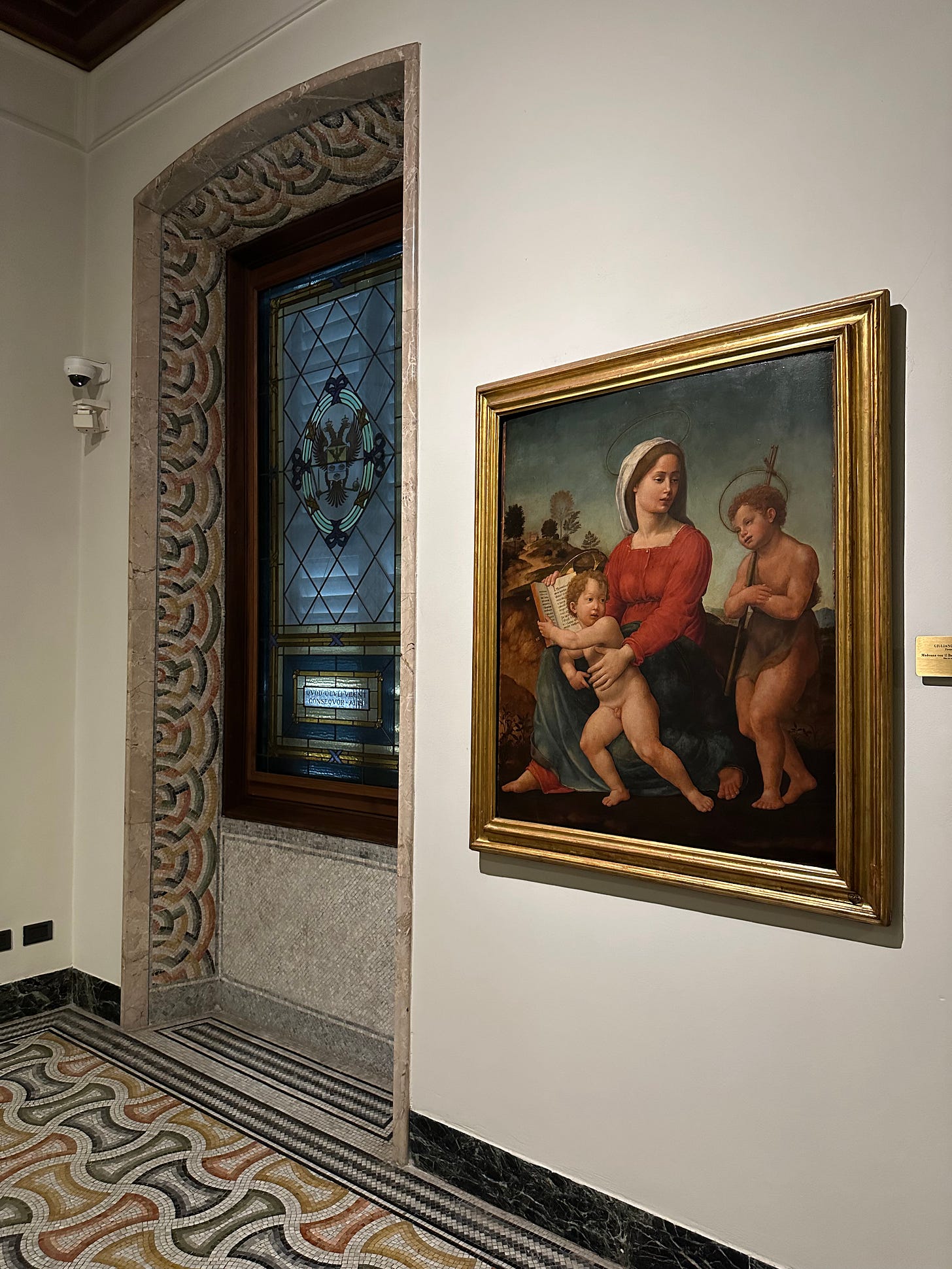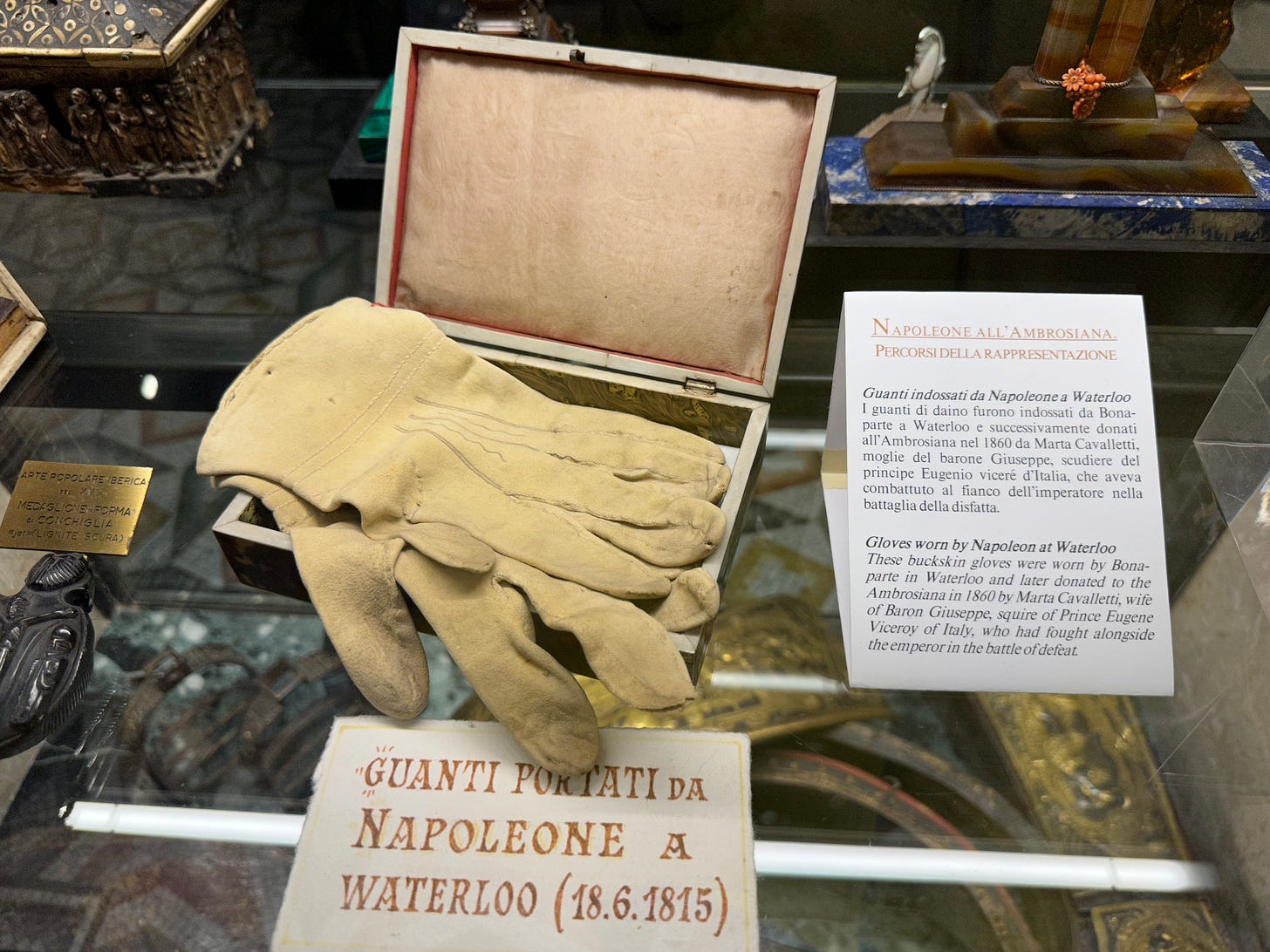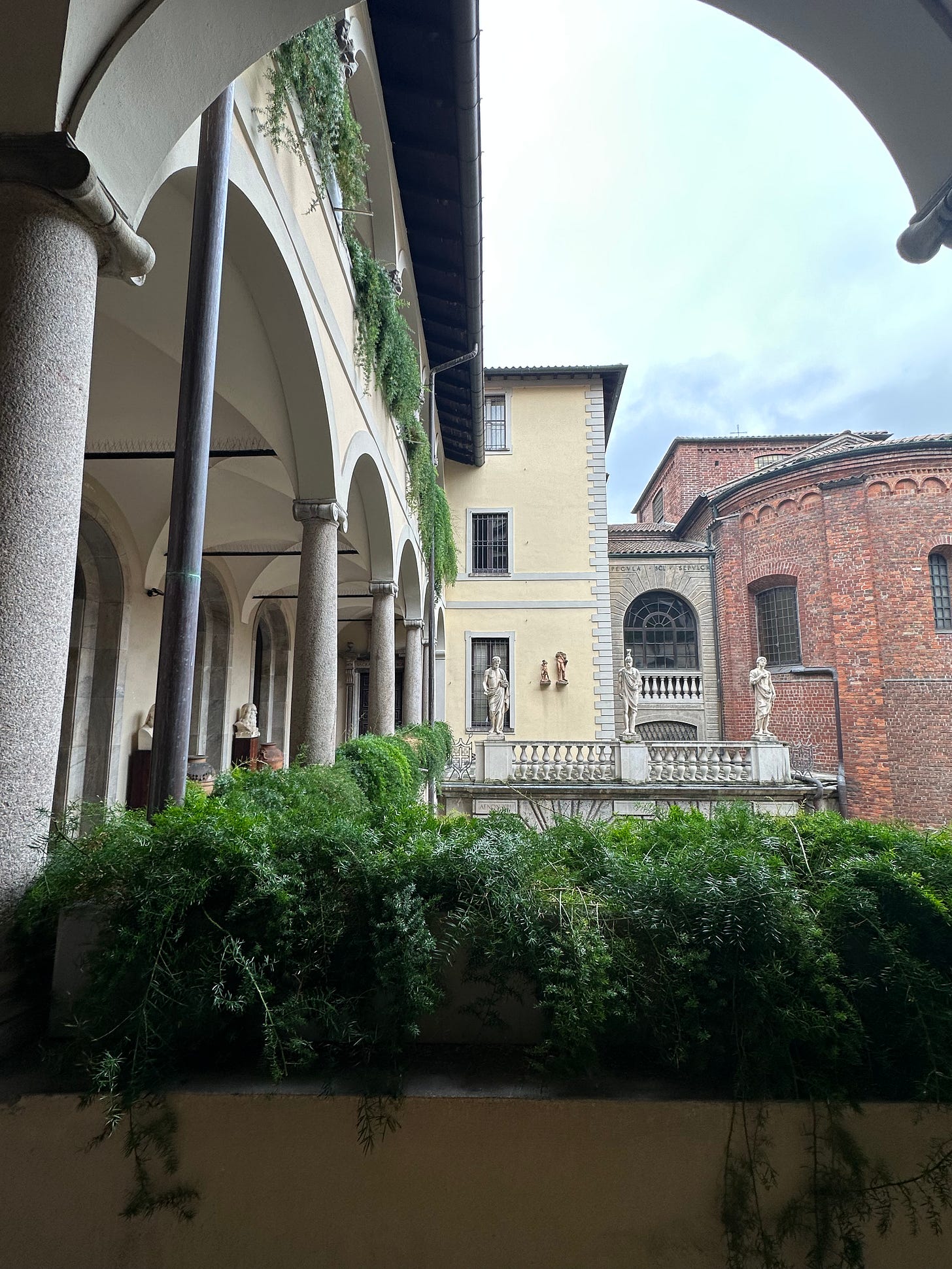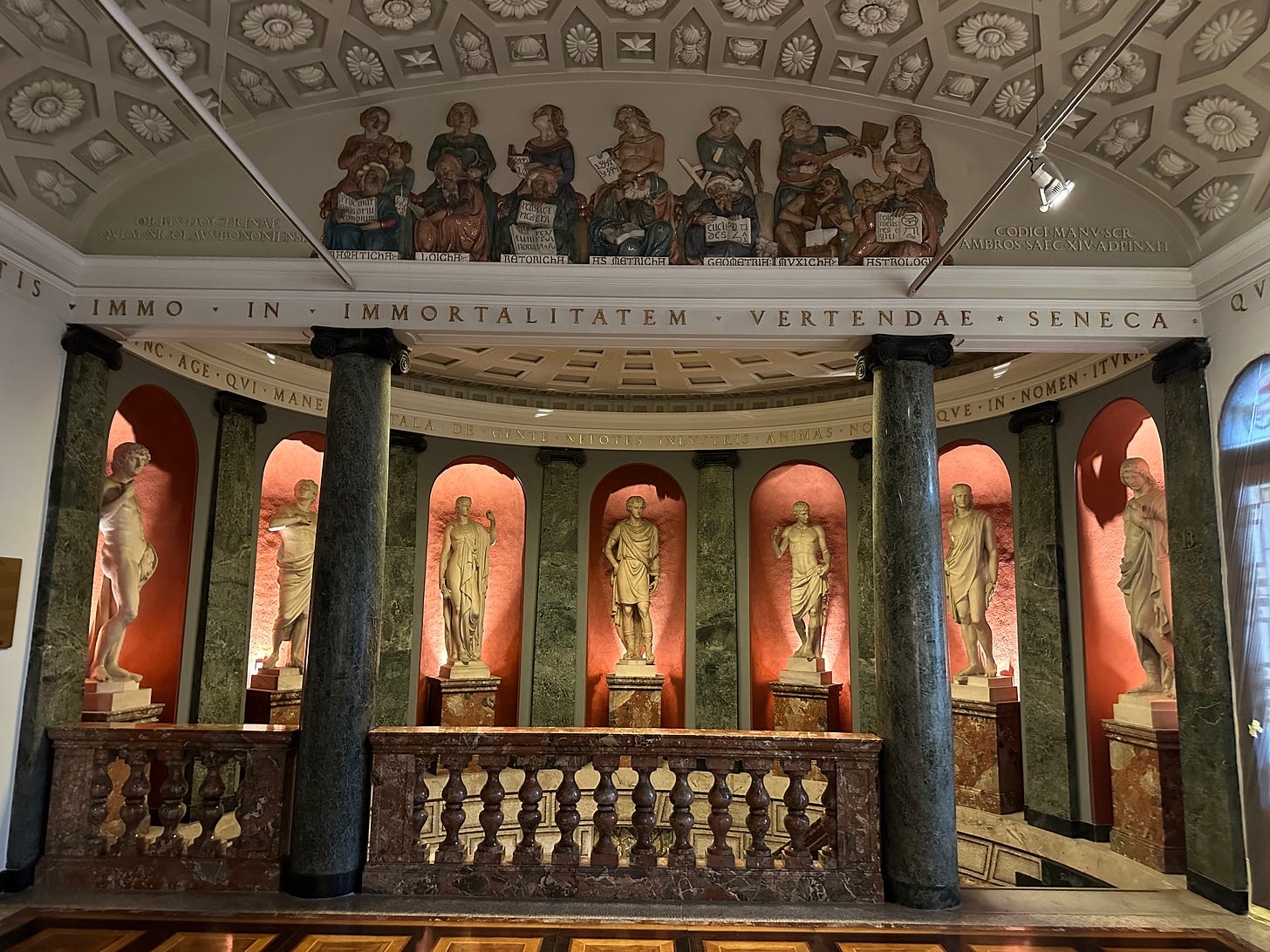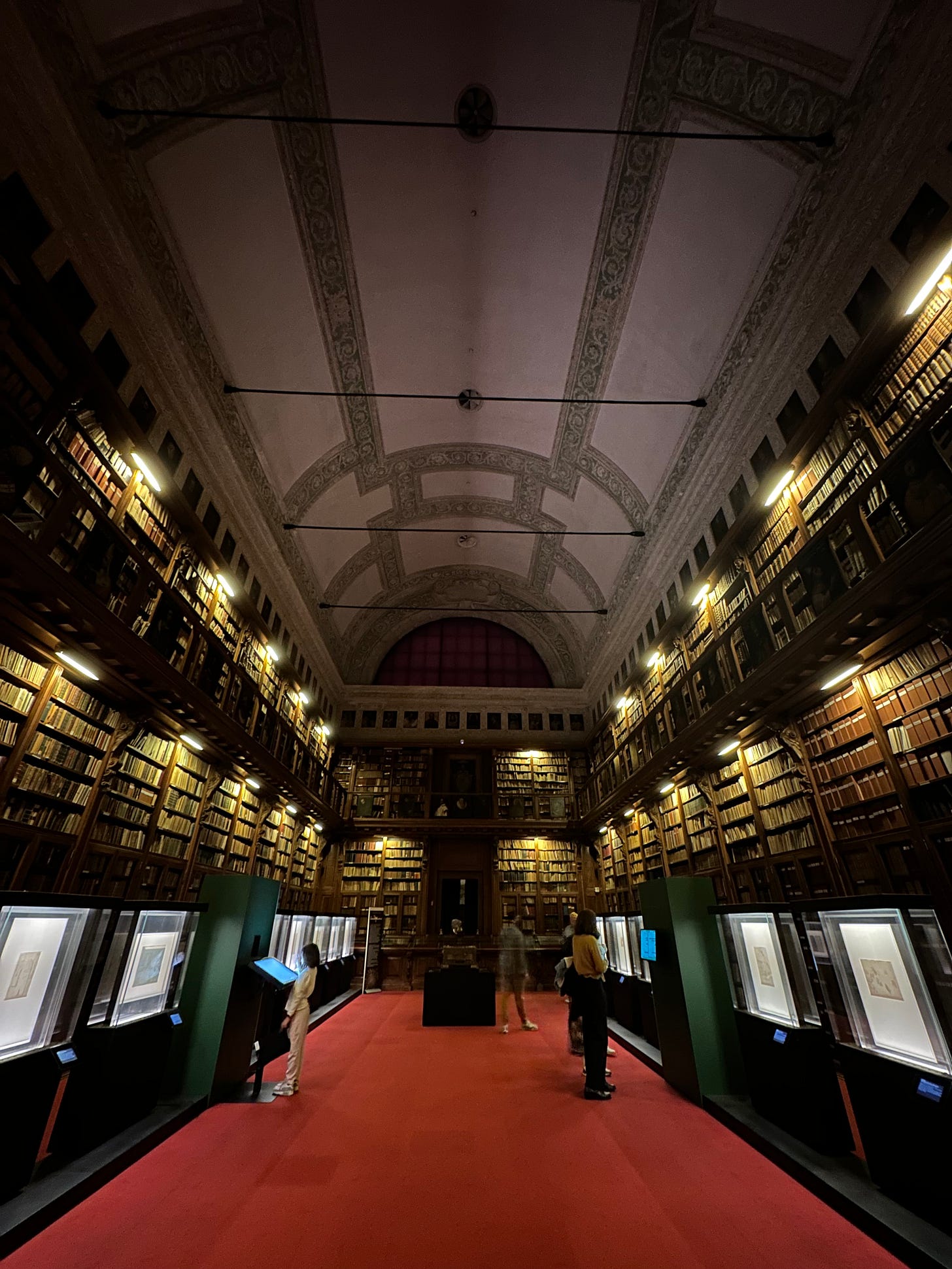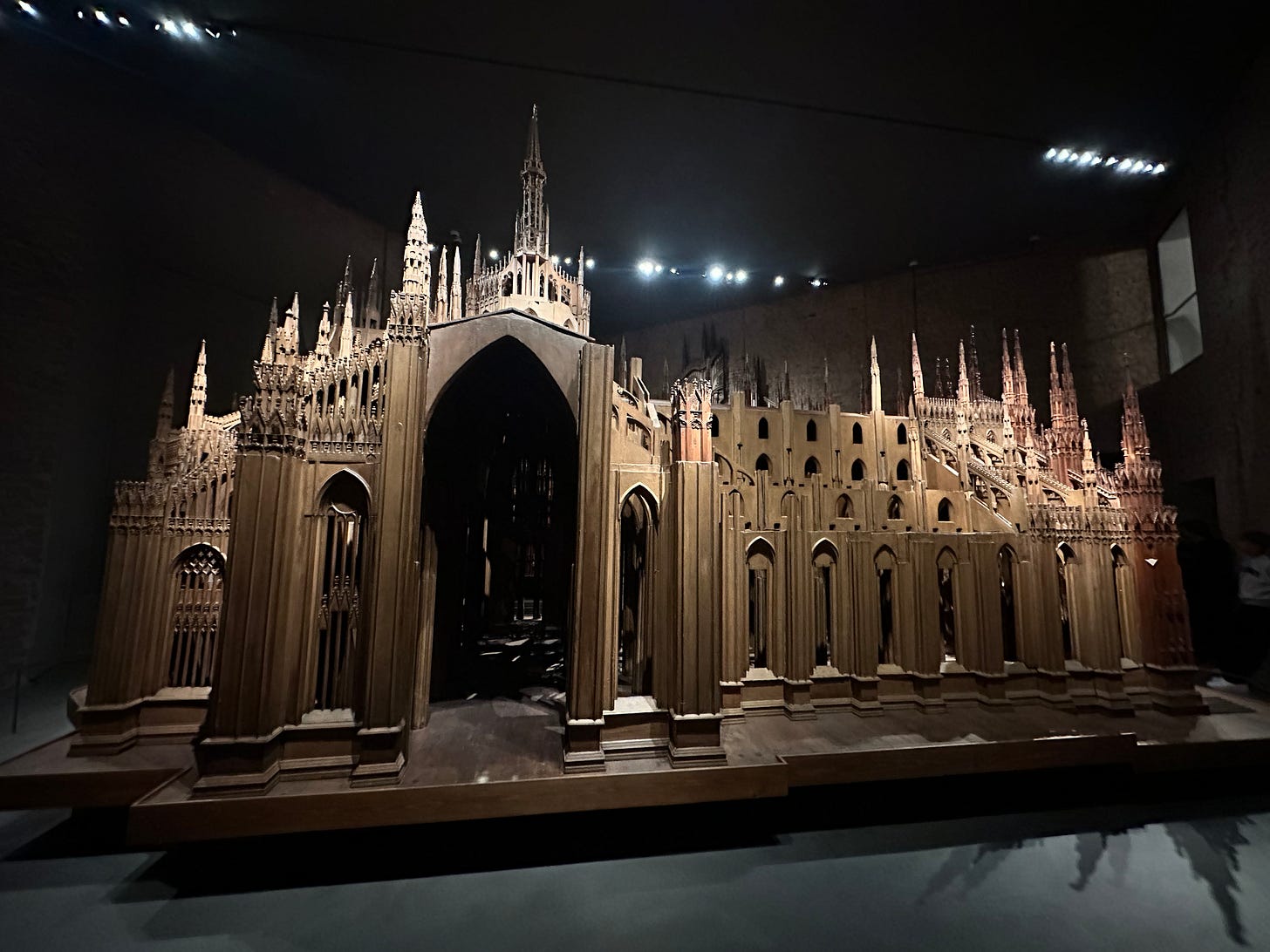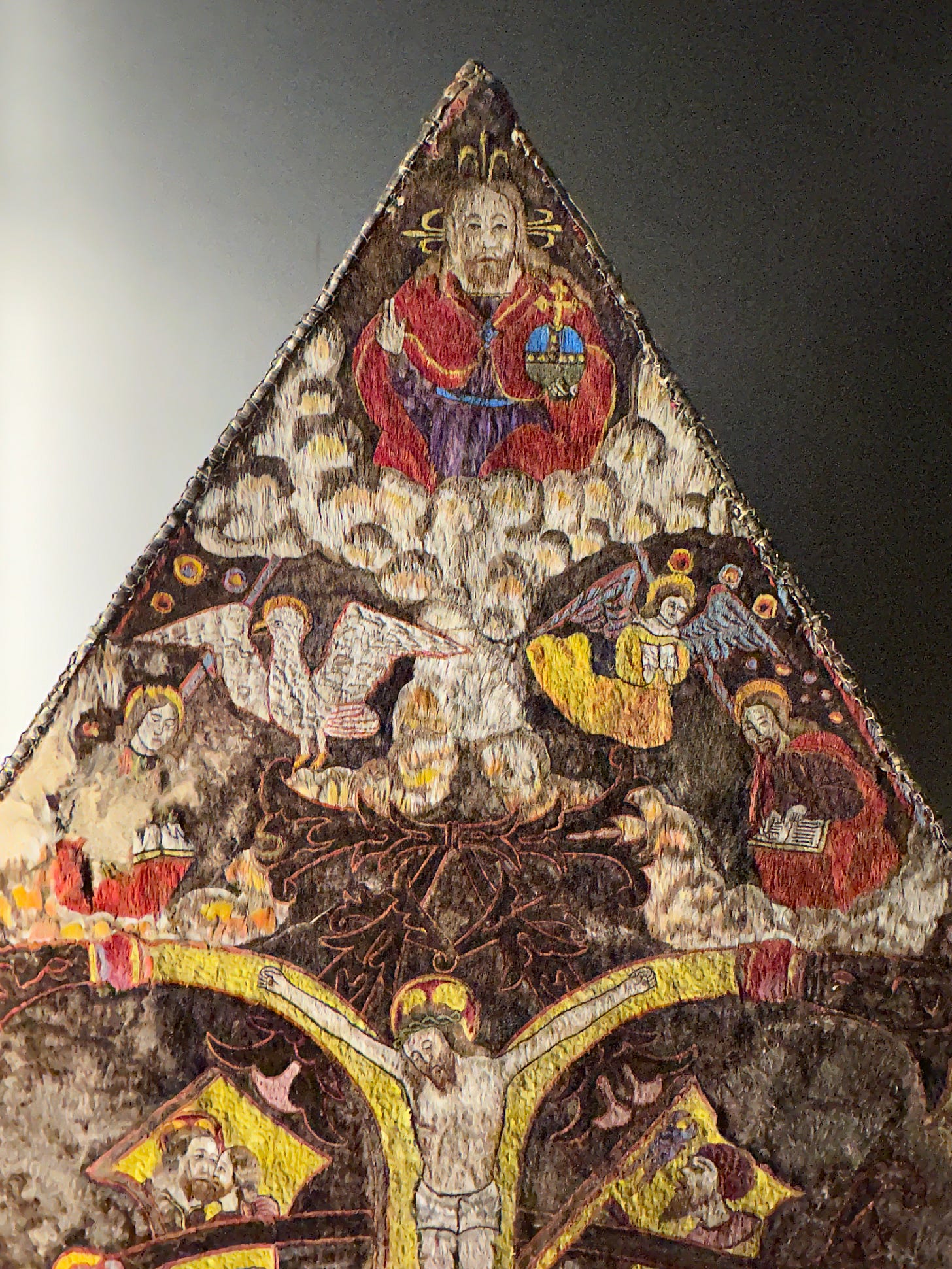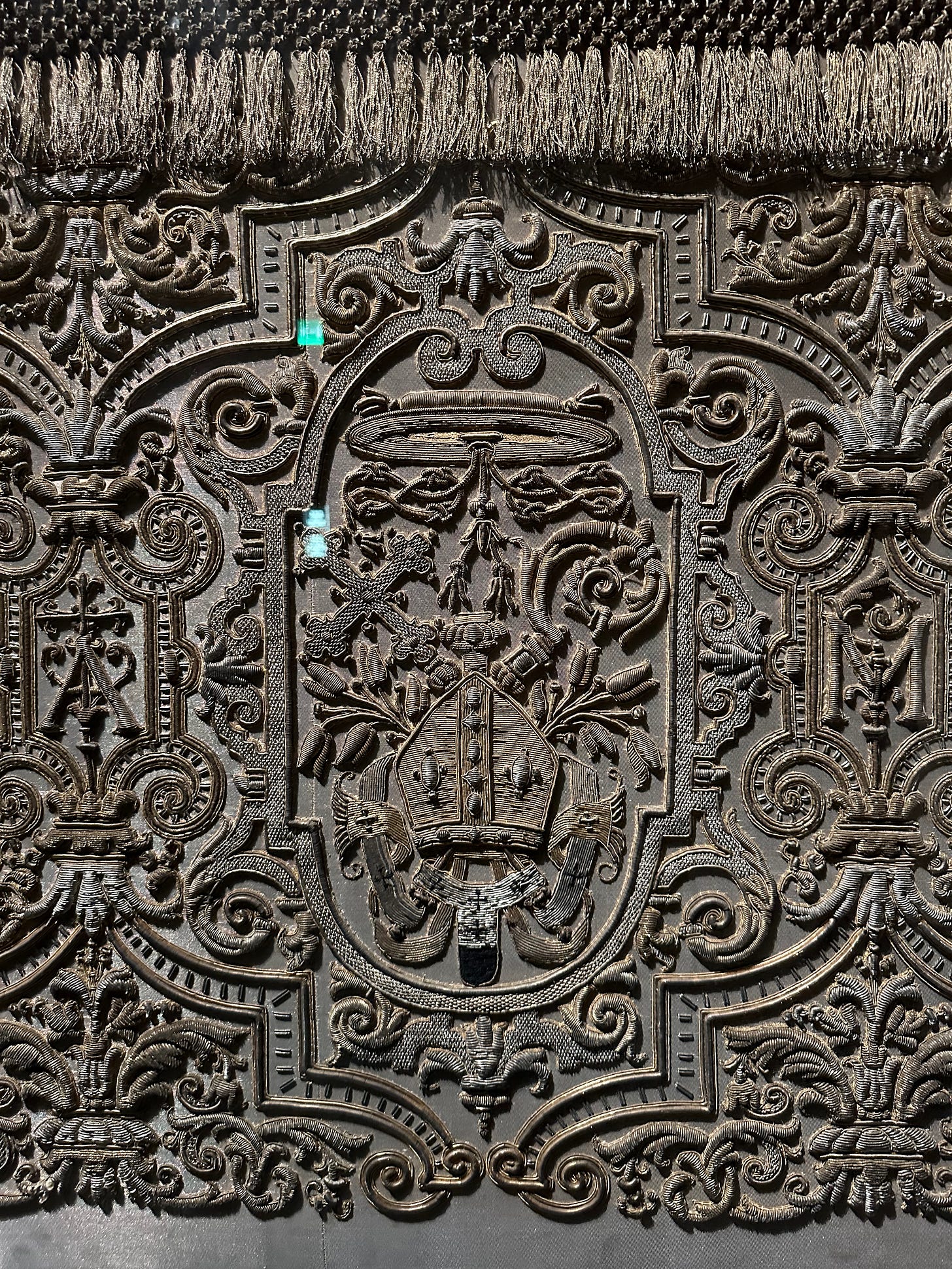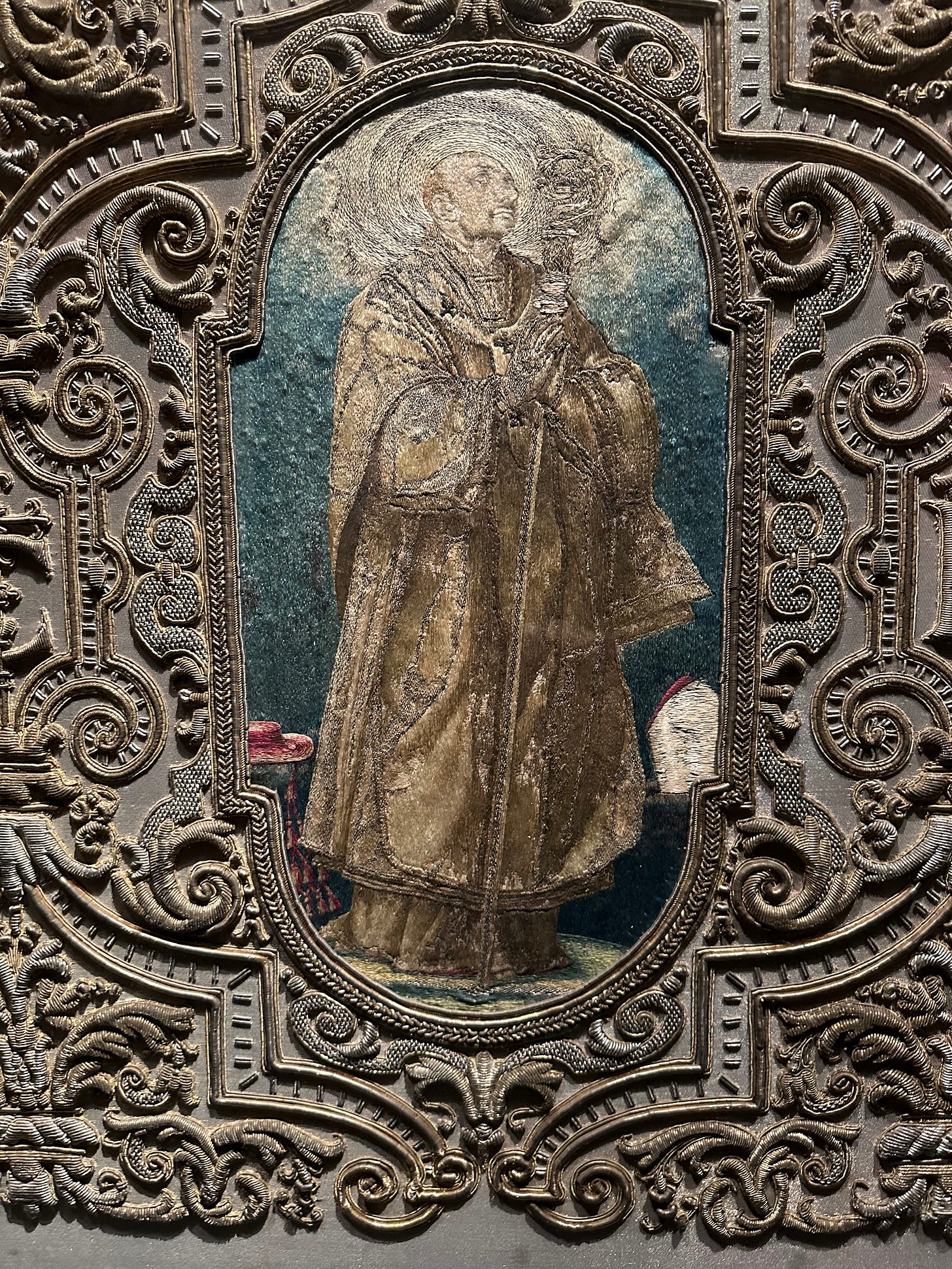A Beautiful Sojourn in Milan
Last week I was in Europe for some family things—first Geneva (where my father is from and where we attended my aunt’s 80th birthday) and then Milan. I had expected to have time to write while there but the combination of family and getting sick (migraines + an awful cold) precluded that.
While I wasn’t able to visit all the museums and places I had hoped, I did witness much deeply inspiring beauty. I have far too many photos to share—my first pull for this newsletter was greatly over 100 and progressive culls proved difficult. This is in no way an exhaustive guide to Milanese museums, or even a cursory one—more so a journey through the beauty I found there. If you do find yourself in Milan soon or are thinking of possibly visiting, hopefully, these images and short descriptions are a catalyst for exploration.
I will be back to my normal posting this week.
Castello Sforzesco
A fifteen century castle in the middle of Milan, it now houses several museums: the Pinacoteca del Castello Sforzesco, an art museum with works by the likes of Titian and Mantegna; the Museo d'Arte Antica/Museum of Ancient Art; the Raccolte d’Arte Applicata di Milano/Applied Arts Collection of Milan; and several others. I was particularly enamoured with the rather 70s installation of the artworks in several of the rooms in the Museo d'Arte Antica—the wood platforms and panels warming the stark, high-ceiled rooms of the castle.
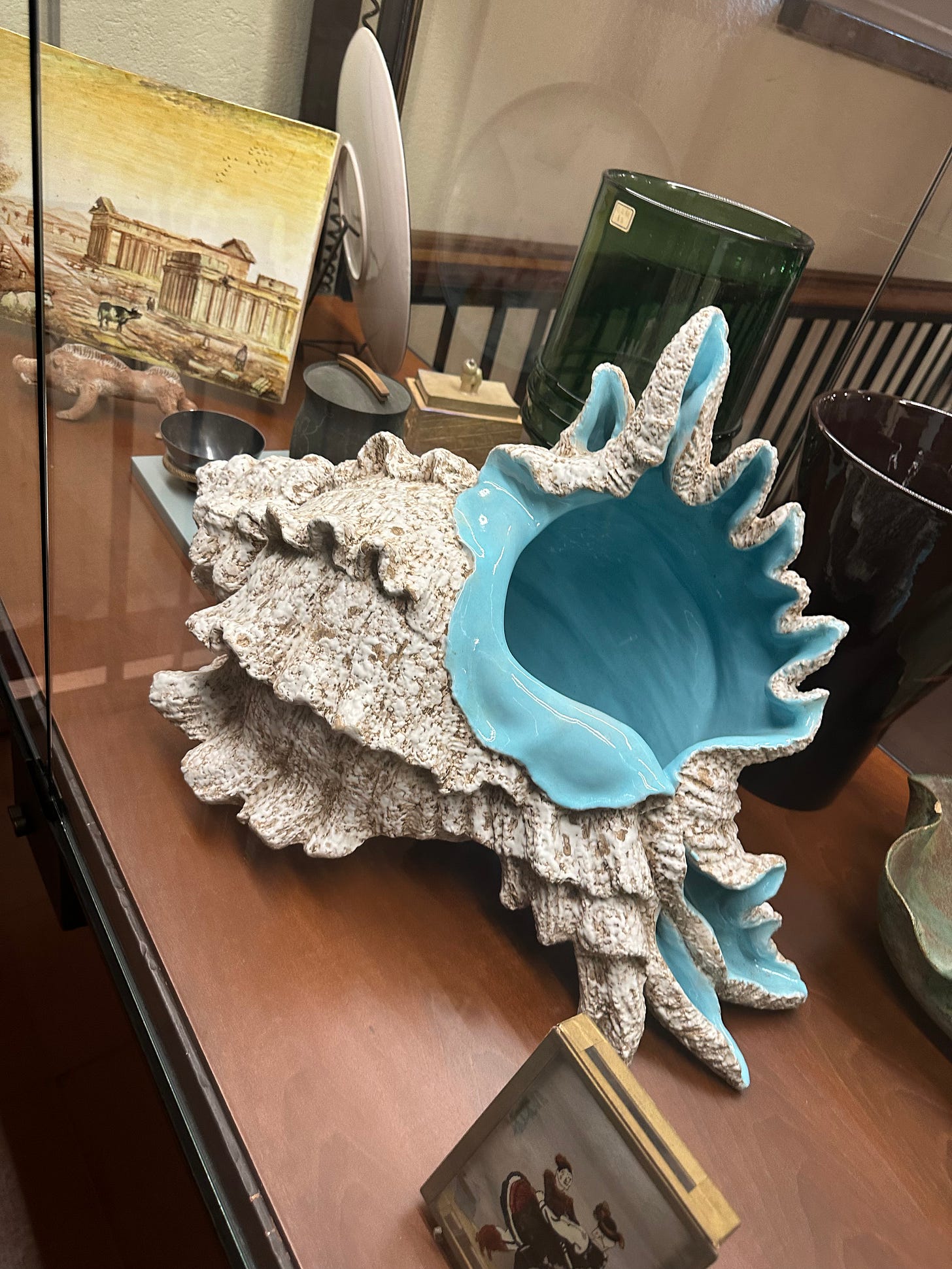
Villa Necchi Campiglio
I posted this (along with other photos) on my Instagram yesterday: Last week in Milan, I finally got to visit the exquisite Villa Necchi Campiglio. Designed by architect Piero Portaluppi for the Necchi Campiglio family (sisters Gigina and Nedda Necchi, and Gigina’s husband, Angelo Campiglio), it was completed in 1935. Part of the Necchi sewing machine family, they were Lombard industrialists and part of the city's new elite—known for the fantastic parties they held in their new home. Following WWII (when it was used as a headquarters for the Fascist Republican Party), the architect Tomaso Buzzi was brought in to make some adjustments, layering 18th-century inspiration (particularly Louis XV) on top of Portaluppi's modernism. The rooms that still most clearly show Portaluppi's work are a masterpiece of rationalism—elegant, refined and oh-so desirable—while there were many elements throughout that reminded me of my grandparents' house (which I wrote about two posts ago). You might recognise it from Luca Guadagnino's I Am Love (2009) and Ridley Scott’s House of Gucci (2021).
Palazzo Morando
An 18th-century palazzo in the centre of Milan’s fashion district, it is now run as a free museum with three distinct parts: an art gallery that uses paintings, sculptures, and prints to chart the history of Milan from the late seventeenth to early nineteenth-centuries; a suite of original rooms of the palazzo, still retaining their historic wallcoverings and furnishings; and Costume Moda Immagine, a small permanent collection on Milanese fashion. I was rather taken by the colour palettes of the historic rooms—lots of muddy pastels offset with gold, and then a sumptuous cobalt in a Chinese-inspired hall.
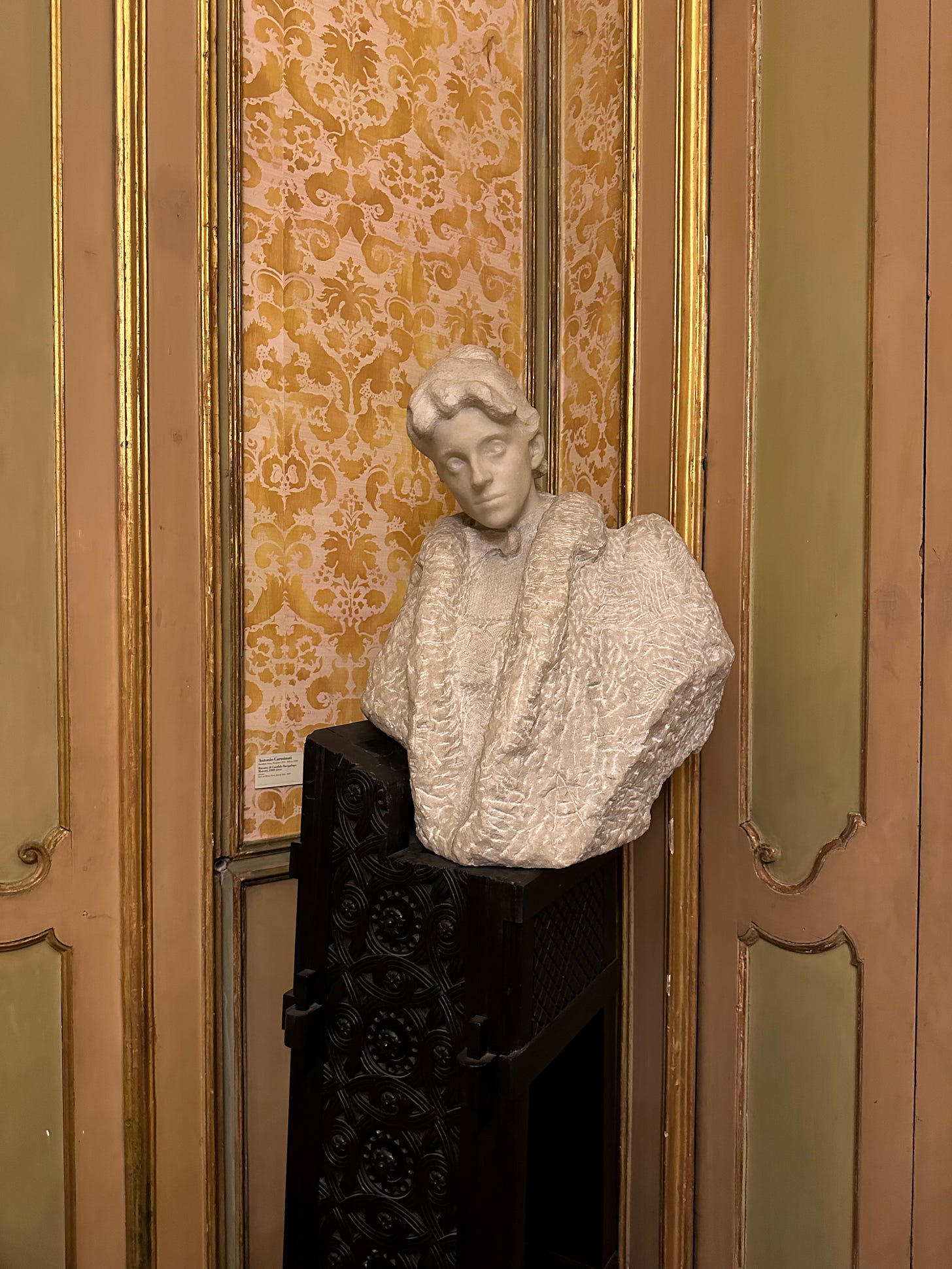

Armani/Silos
Opened in 2015, Armani/Silos is a beautiful former grain warehouse reimagined as an exhibition space and museum devoted to Giorgio Armani’s 40+ year career. The ground floor currently hosts “Guy Bourdin: Storyteller,” on view until November 19. While I’ve seen almost all of these photos in previous exhibitions, the setting, installation and lighting are gorgeous. As one walks into the show, there is a large screen exhibiting some of his video work—a real treat. I filmed some of the edit and have uploaded it below; it isn’t the best quality but still worth watching if you are a fan of his work.
The upper three floors follow Armani’s oeuvre, meandering through three key themes: androgynous, ethnicities, and stars (as in movie stars). Again, the lighting and installation are superb with the invisible mounts particularly expertly done (I took many close up photos angled inside garments to share with costume mounters I know at museums in the US). I’ve never been a particular fan of his work, though I respect his importance to late twentieth-century fashion—while this exhibition didn’t make me into an aficionado, there were some beautiful pieces. More importantly, it’s always interesting to see and experience a creator’s total vision of their work—to step into a world of their creating with every aspect in complete support of their weltanschauung.
Pinacoteca Ambrosiana
The Ambrosian Library was founded in 1609; it now houses over 30,000 historic books and manuscripts. Alongside the library is the Pinacoteca Ambrosiana, the Ambrosian Art Gallery, which was established in 1618. There are masterpieces by da Vinci, Caravaggio, Raphael and others, as well as many works by local Lombardian painters. Further along in the museum are a series of historic rooms that house a collection of oddities—among them, (supposedly) Napoleon’s gloves from Waterloo.
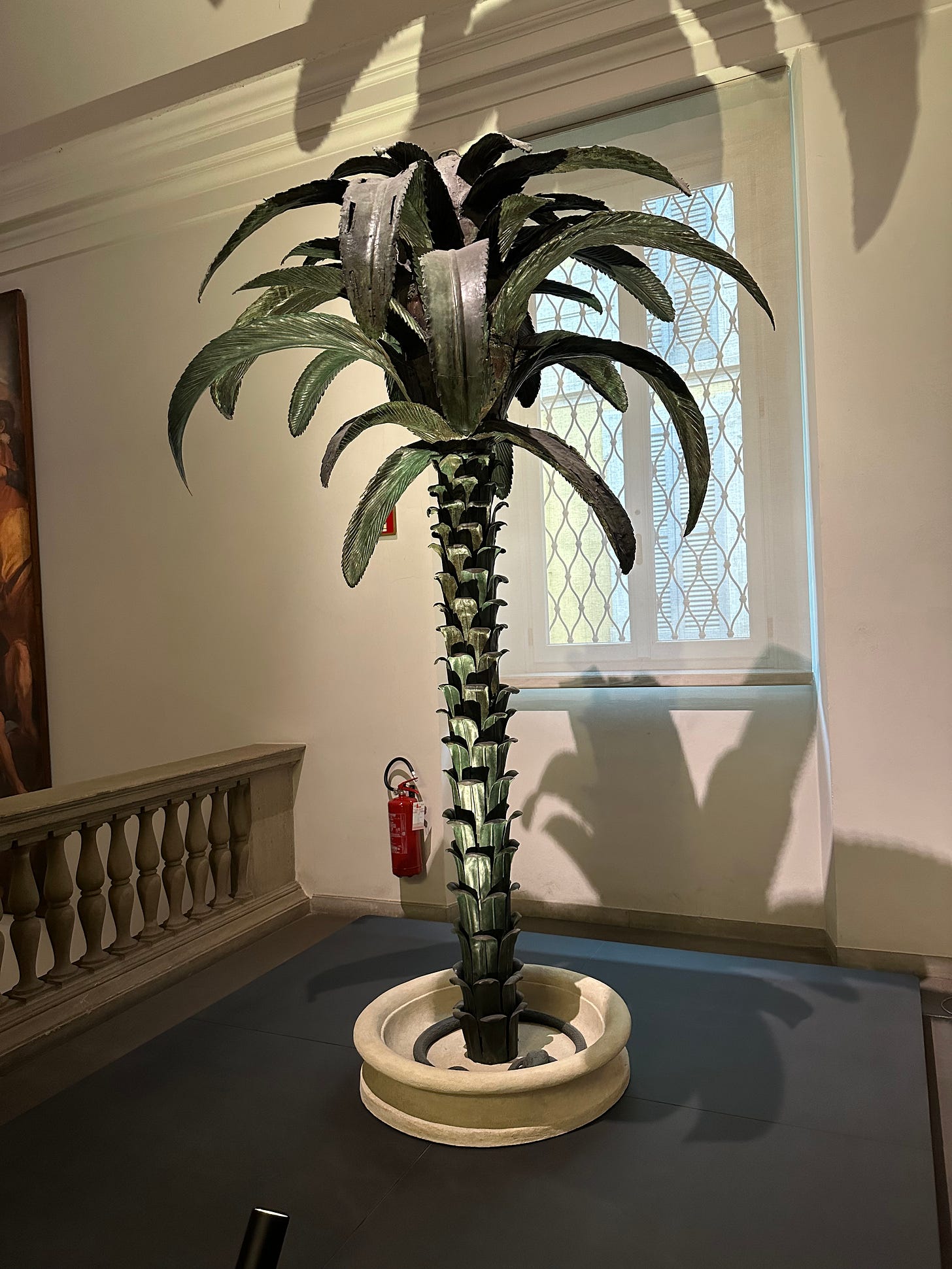
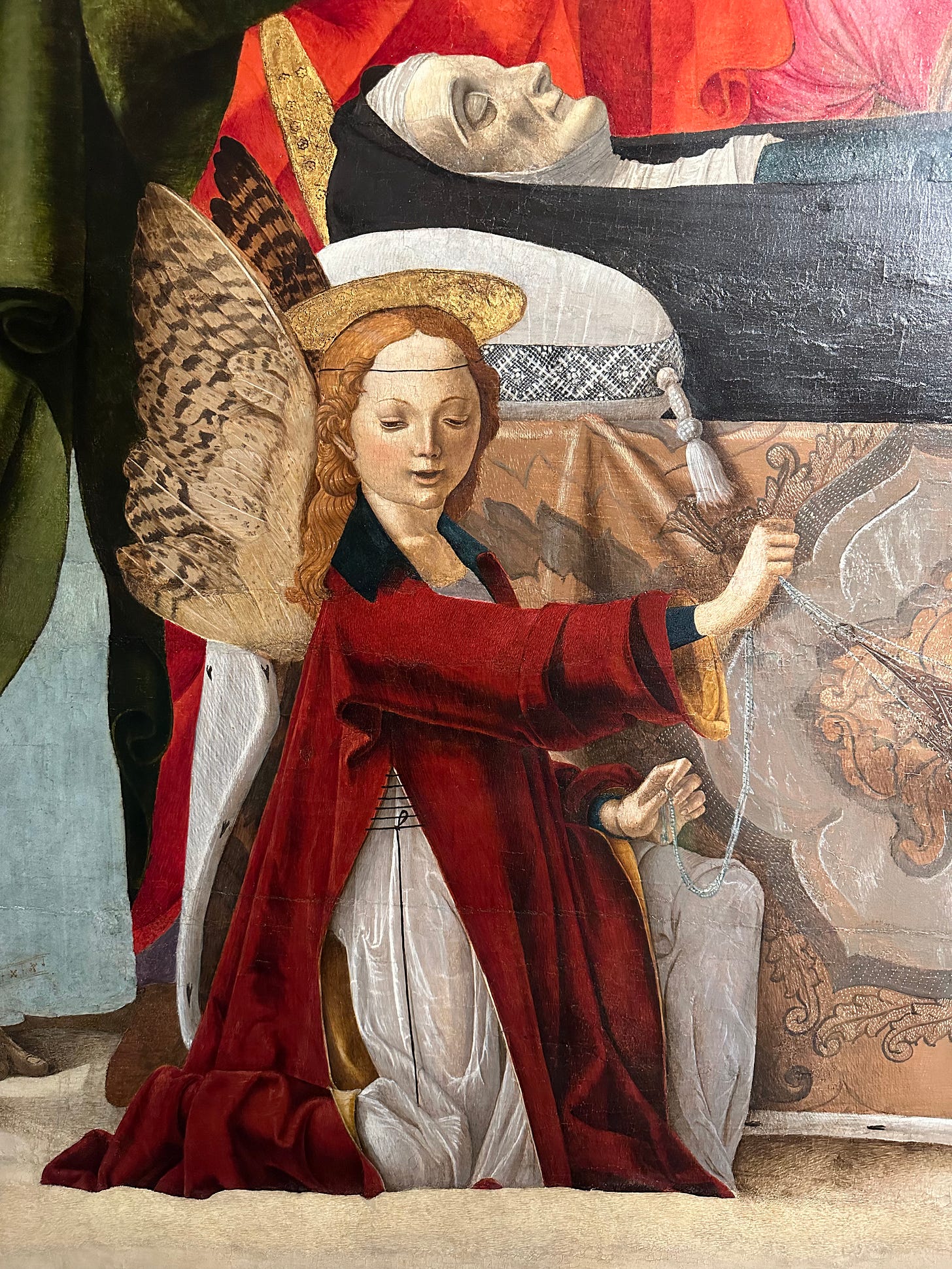
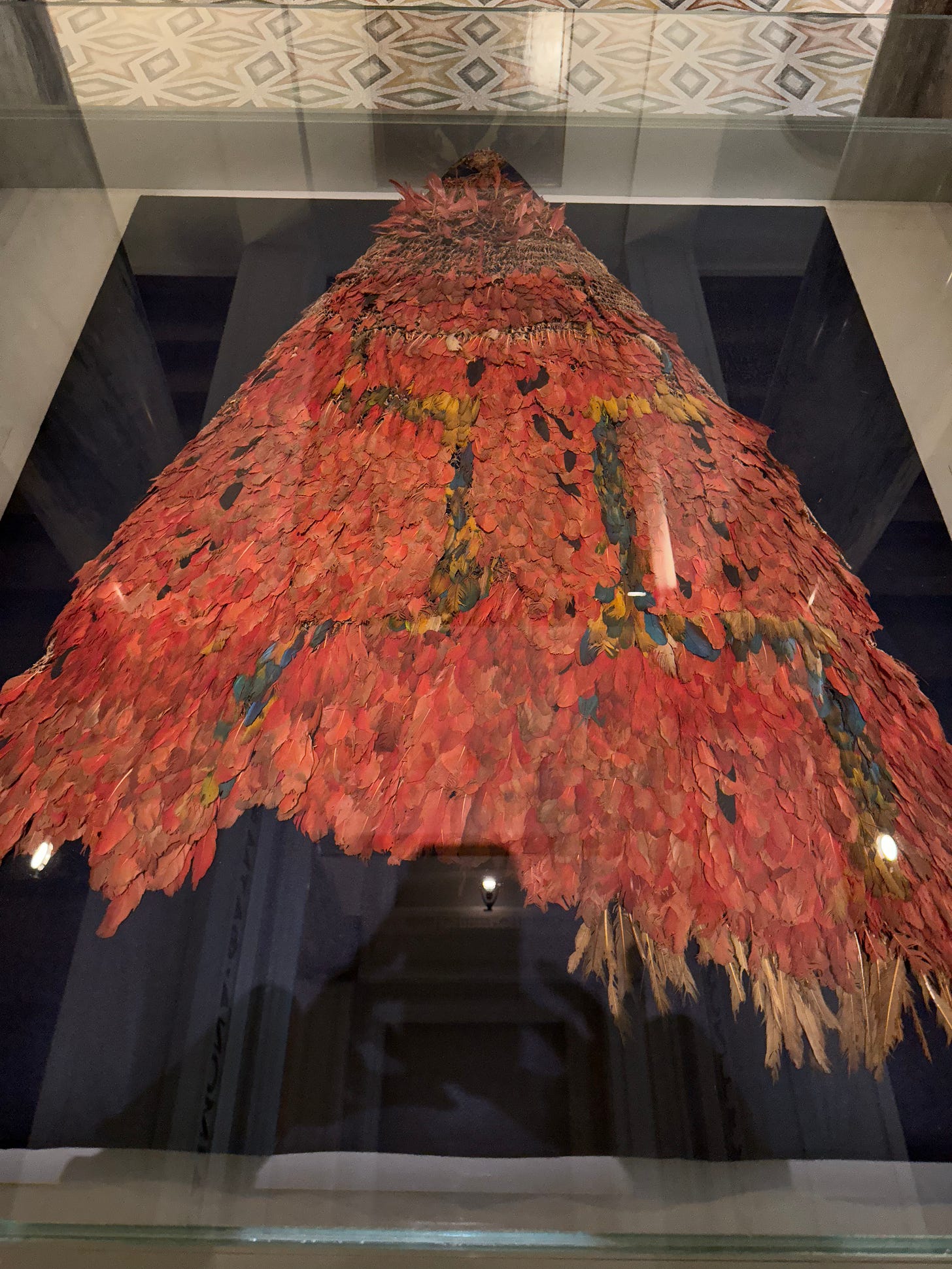
Duomo Museum
Dark and mostly filled with spotlit statues, there are some treasures to be found in the museum that accompanies Milan’s majestic Duomo.
